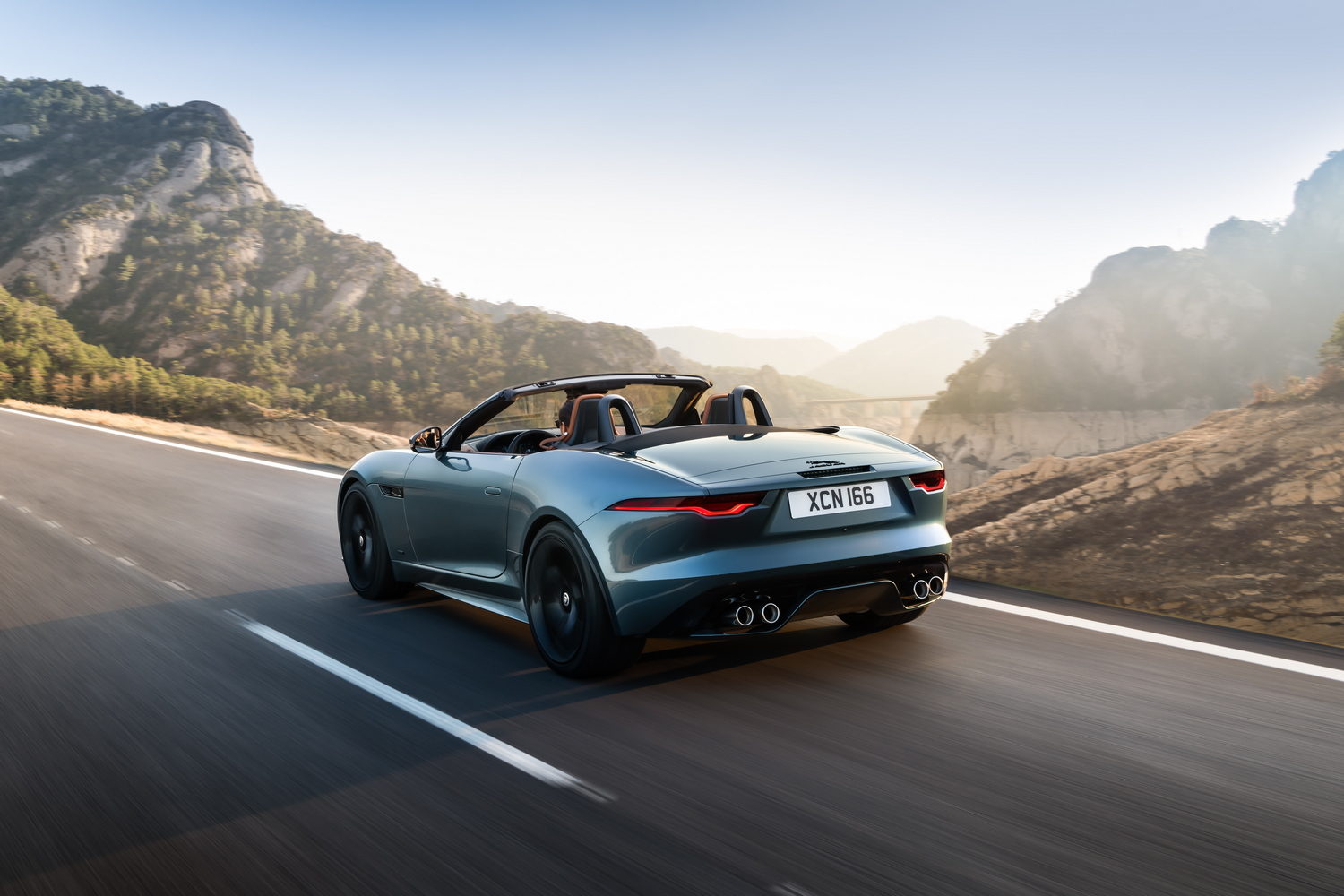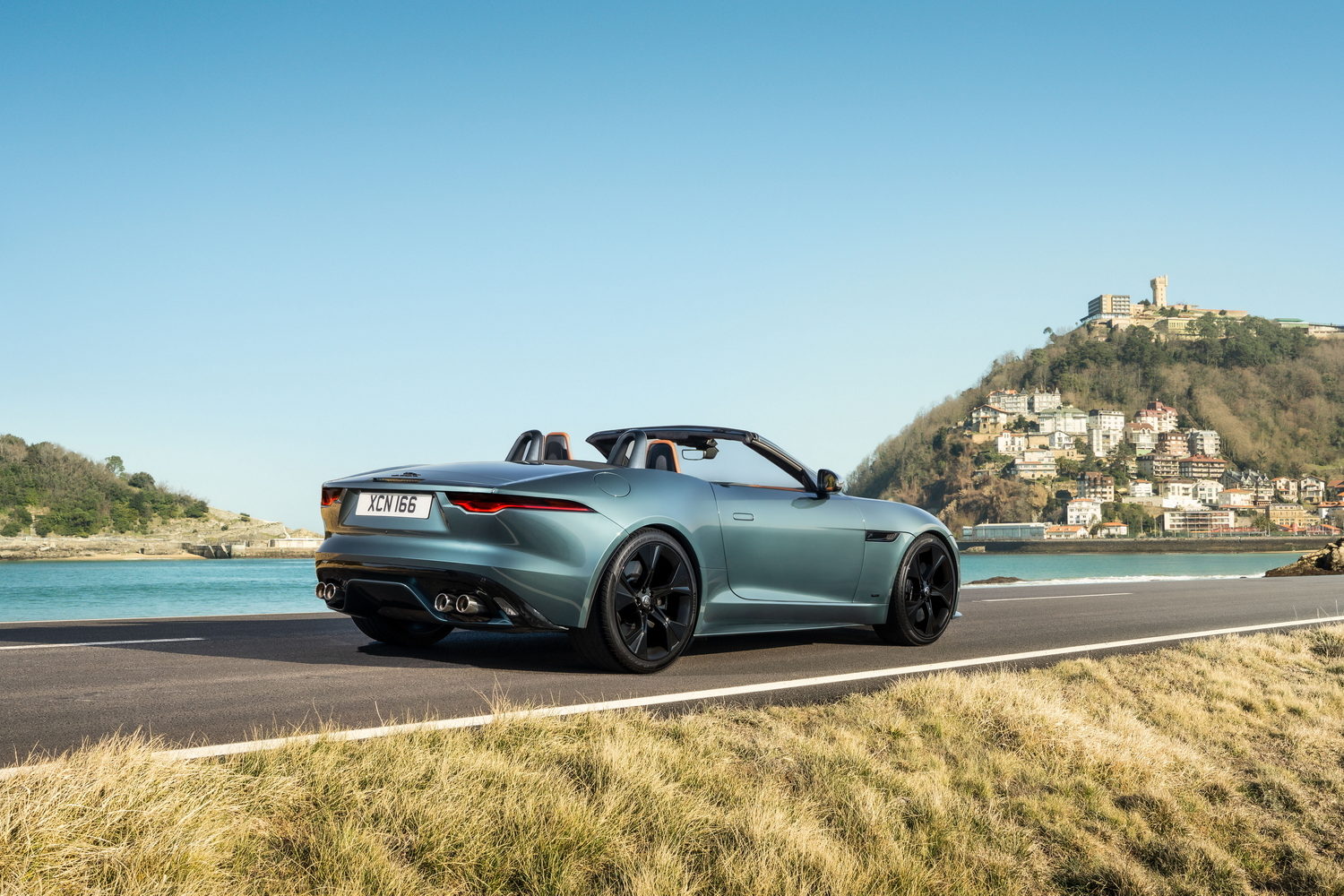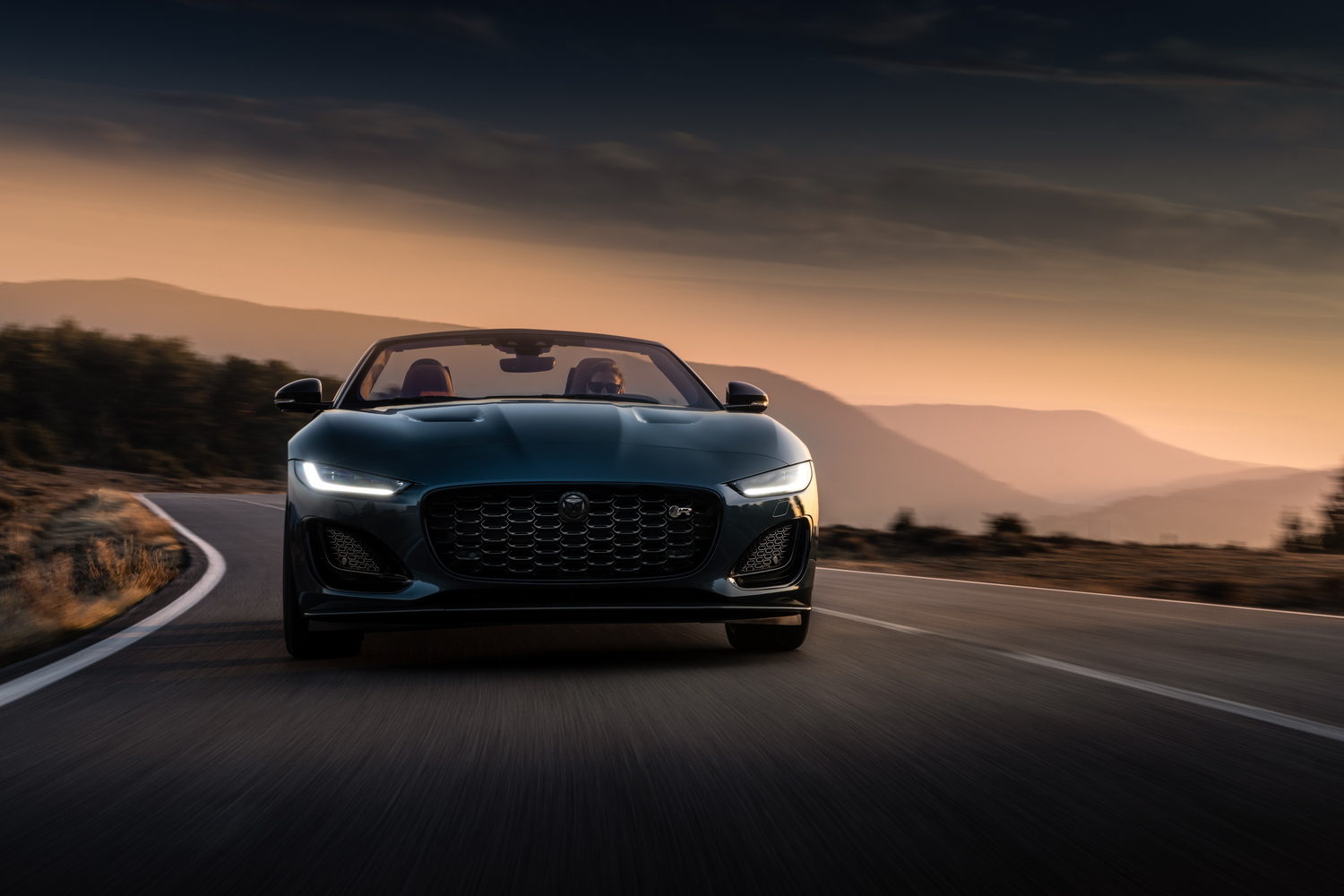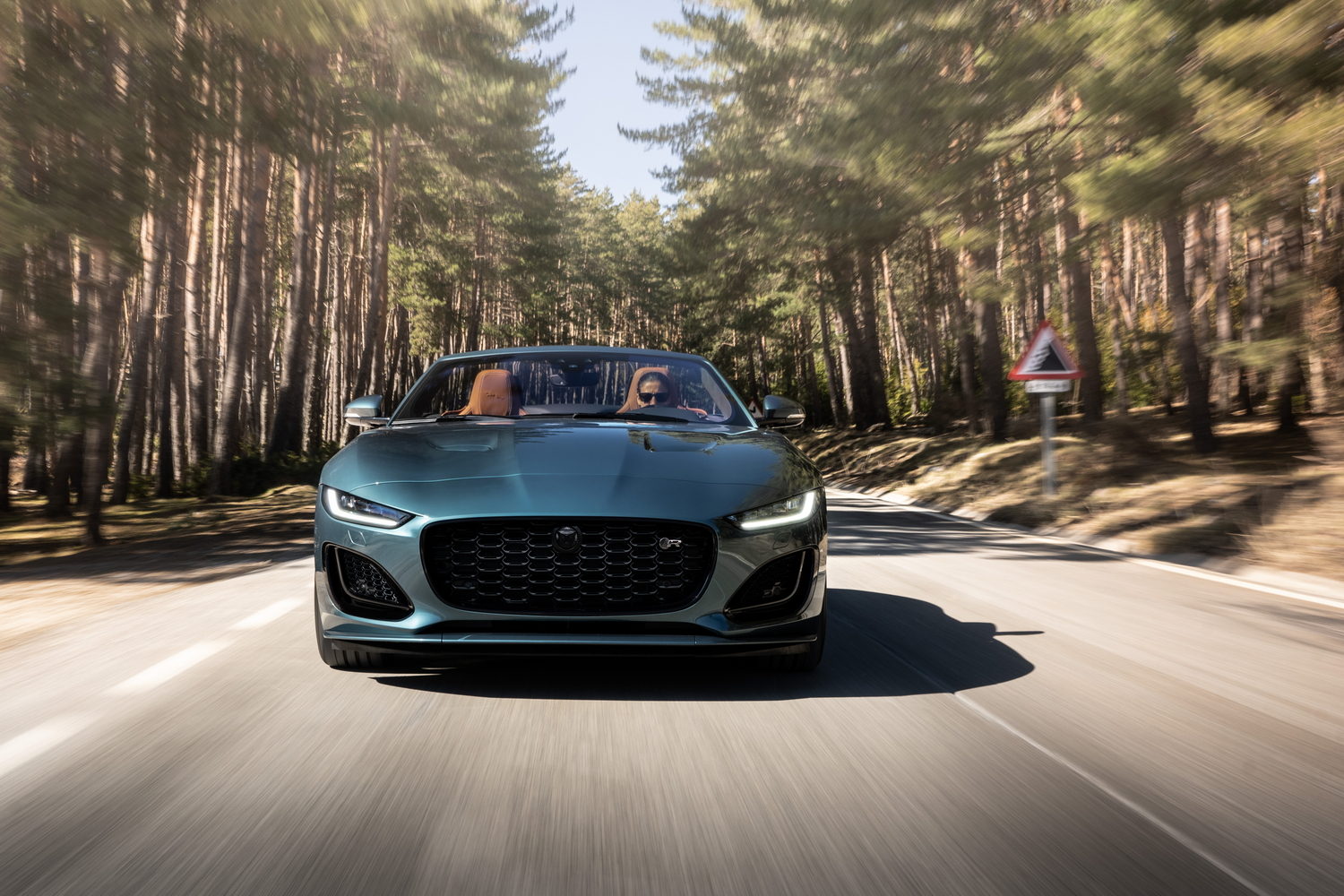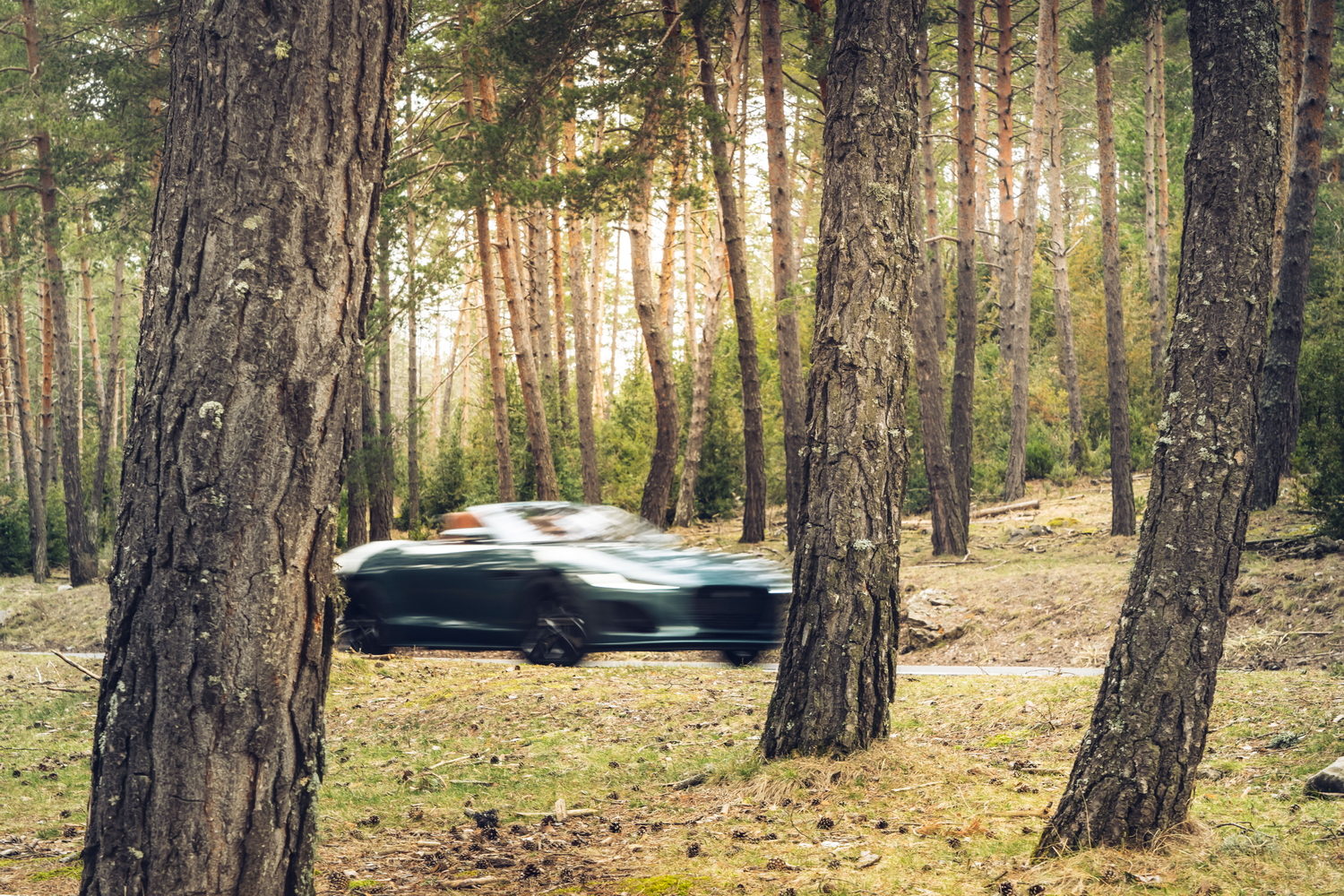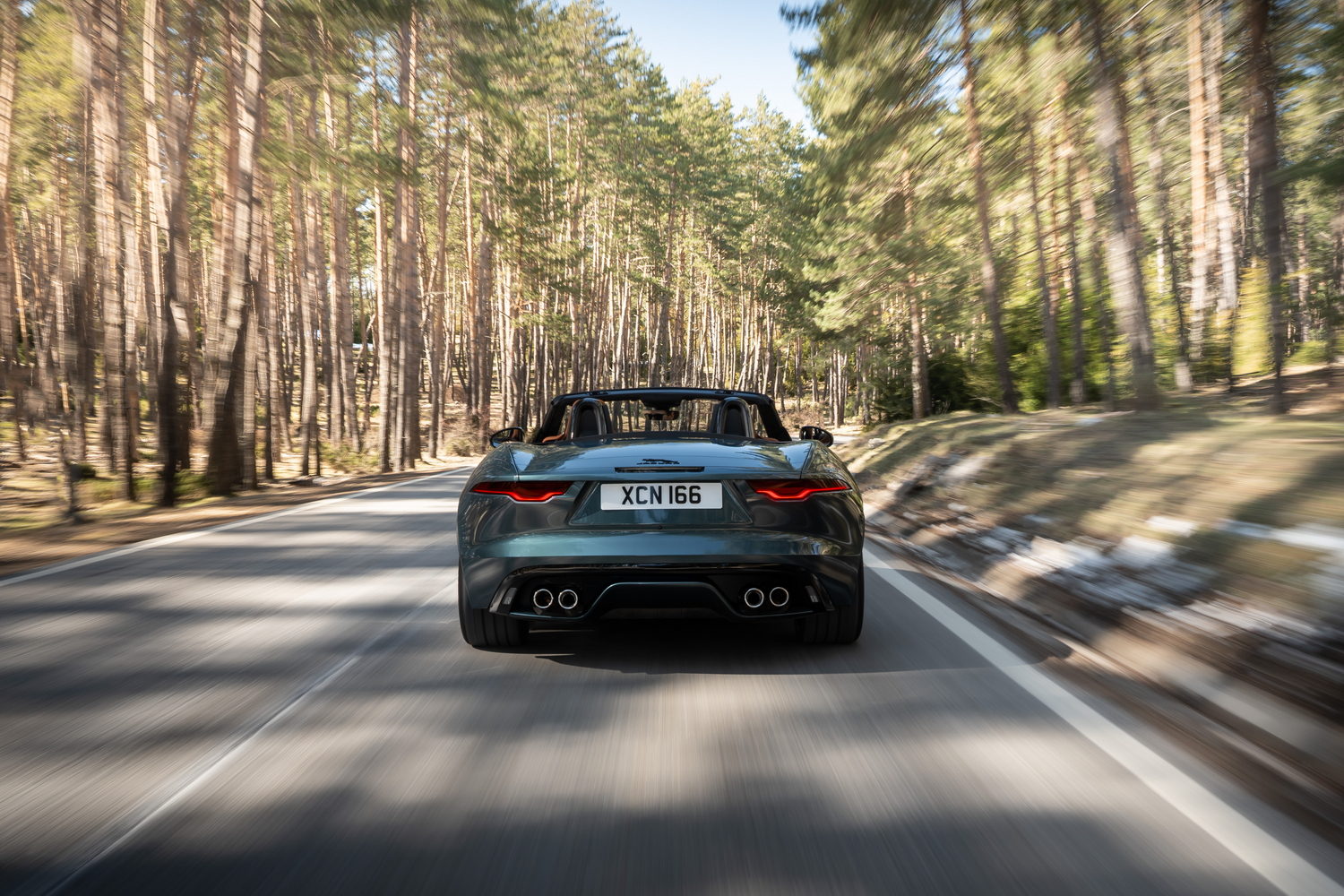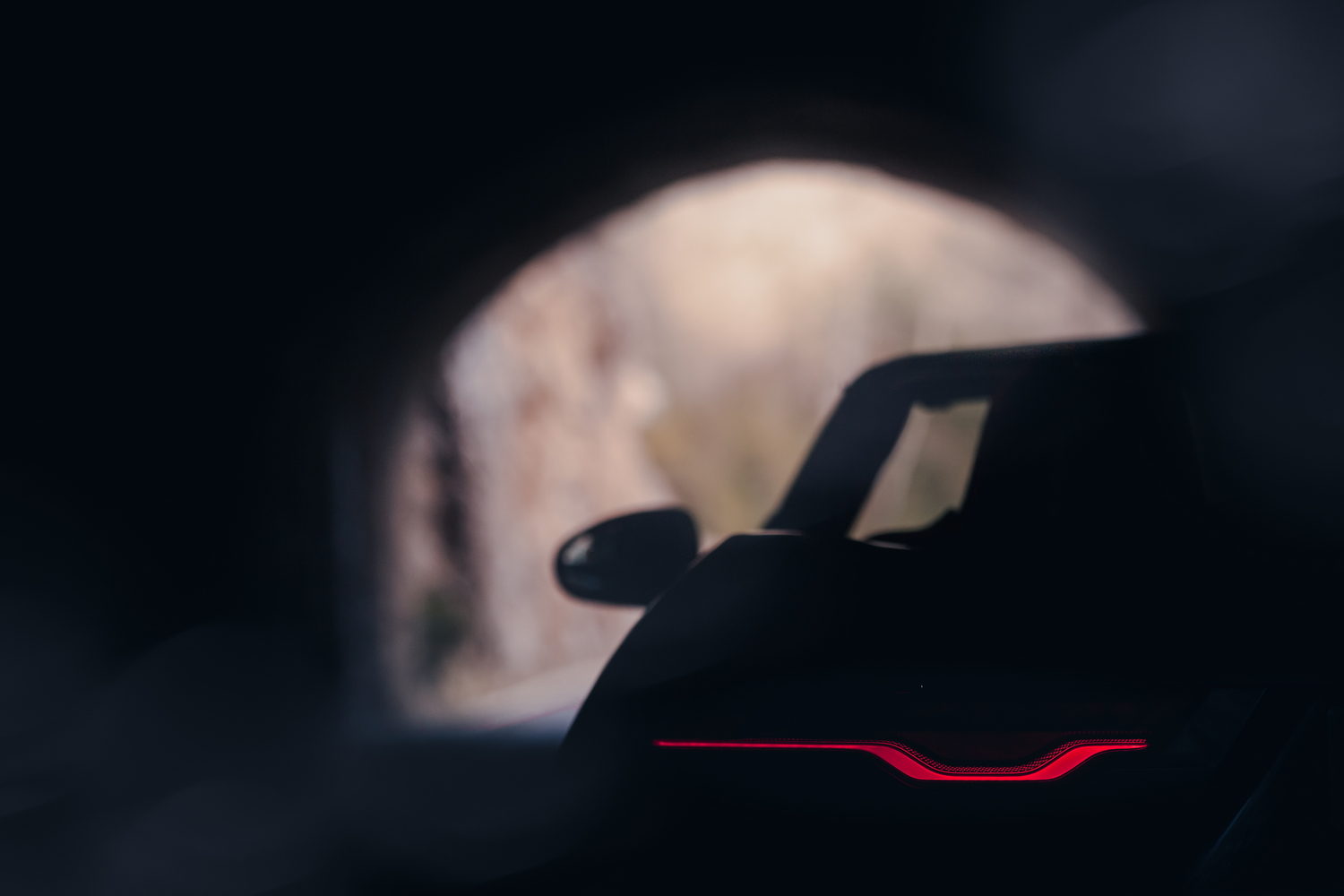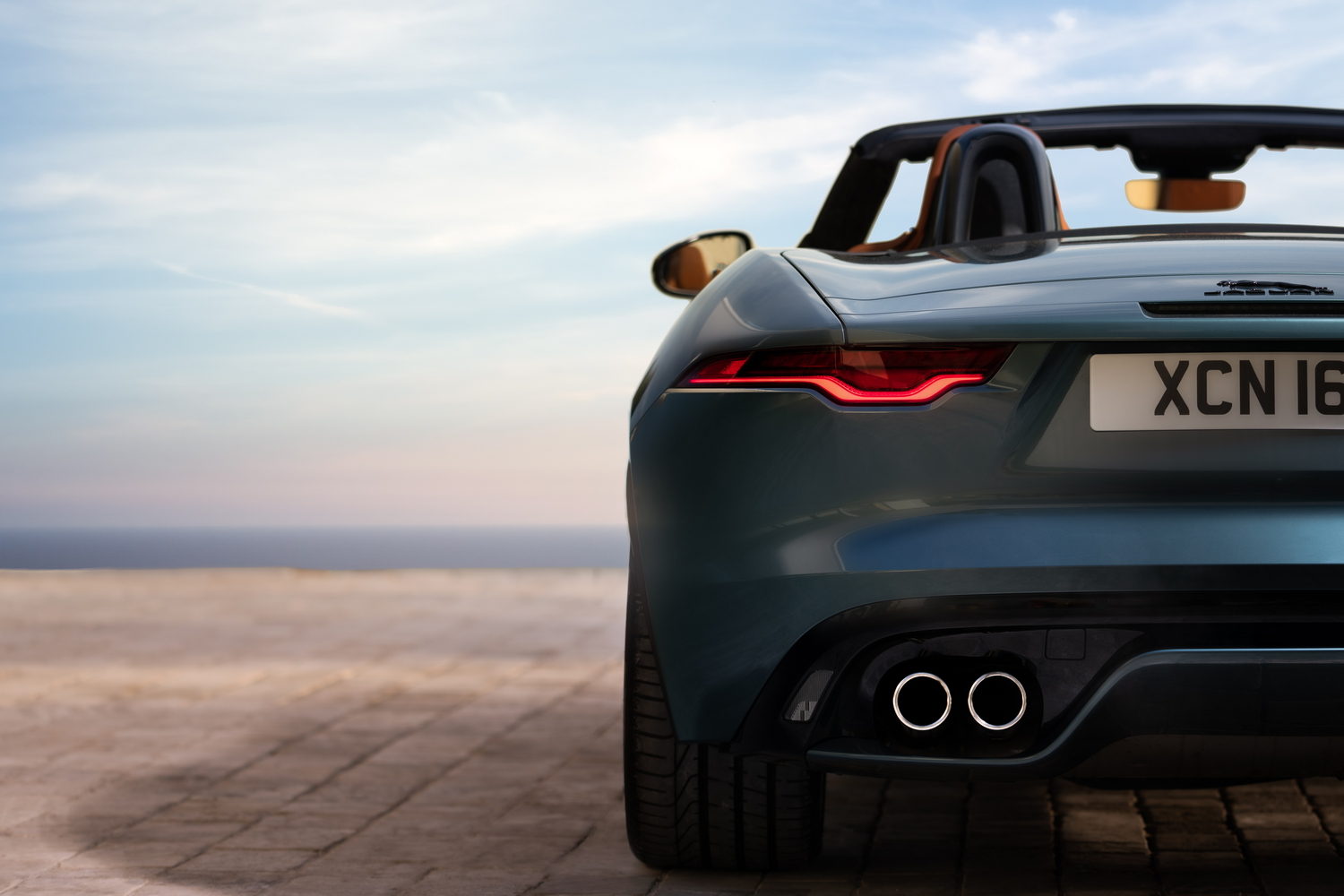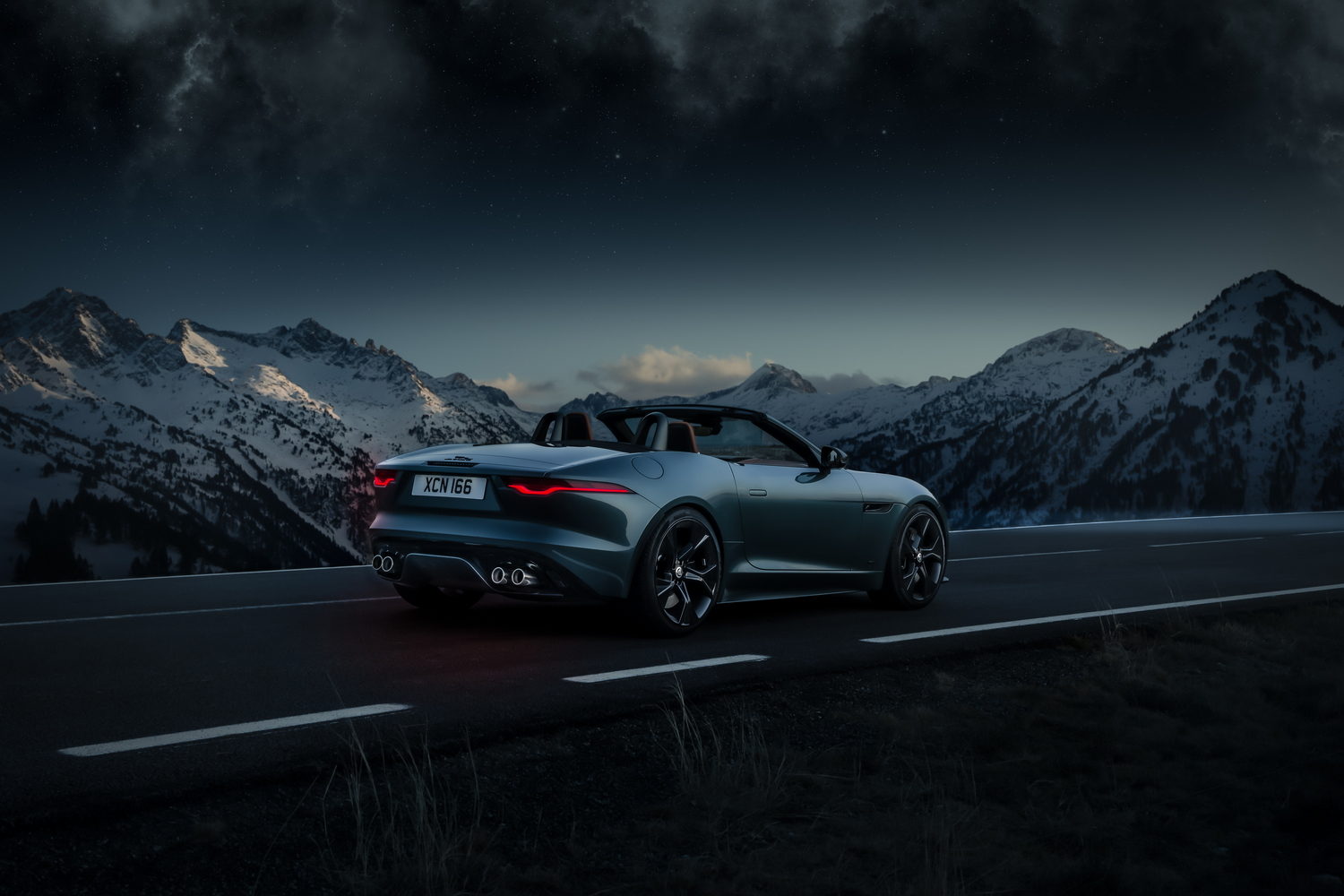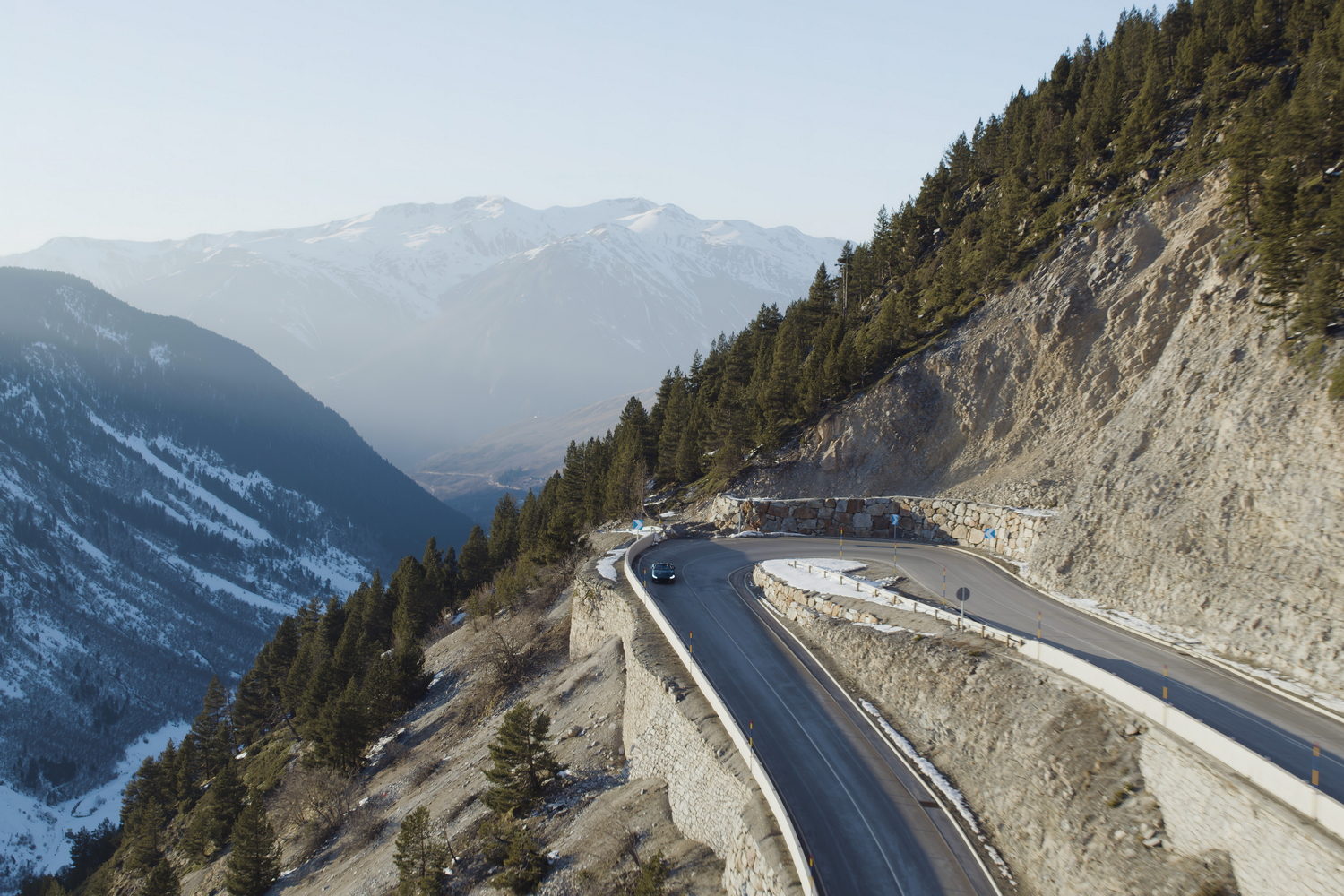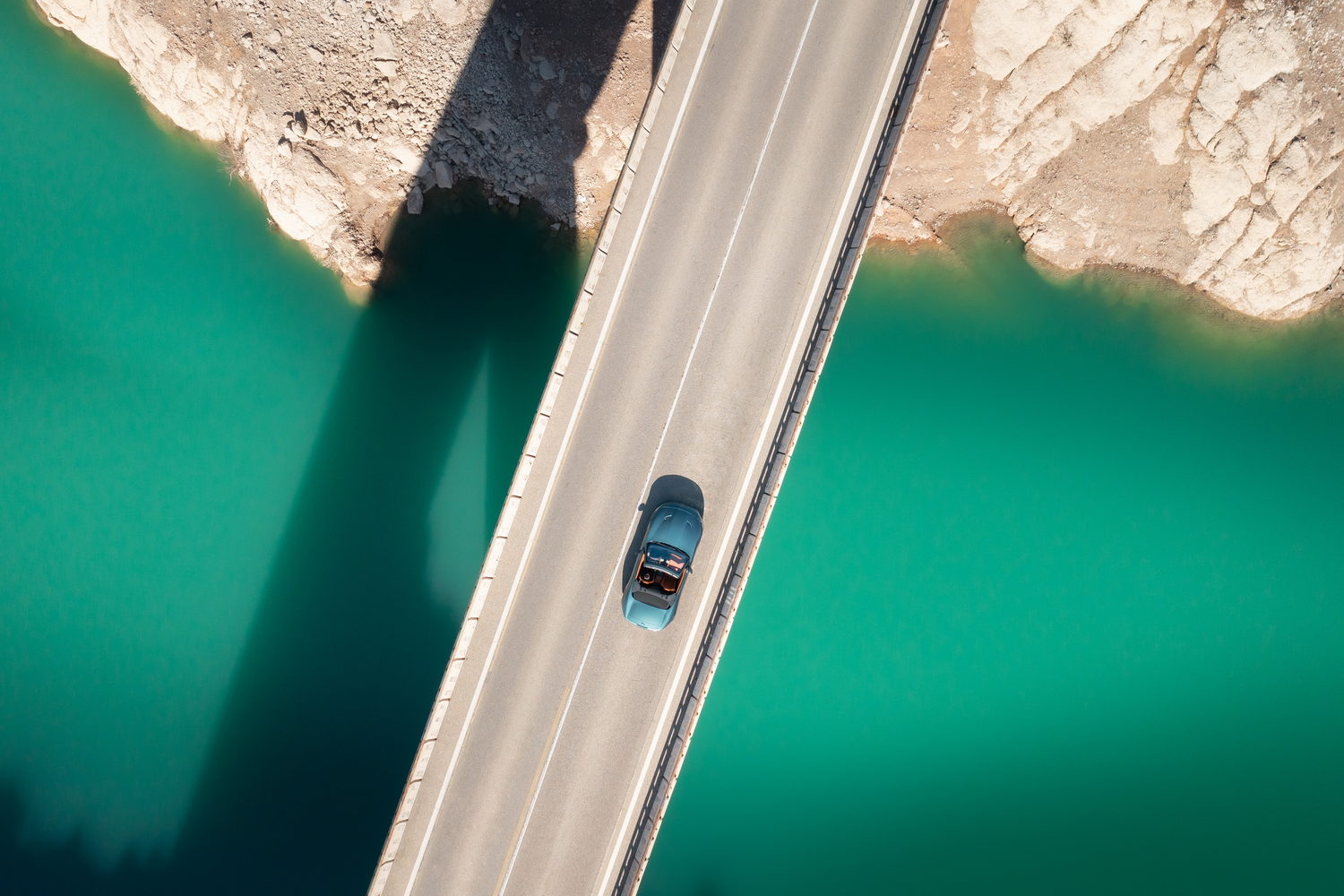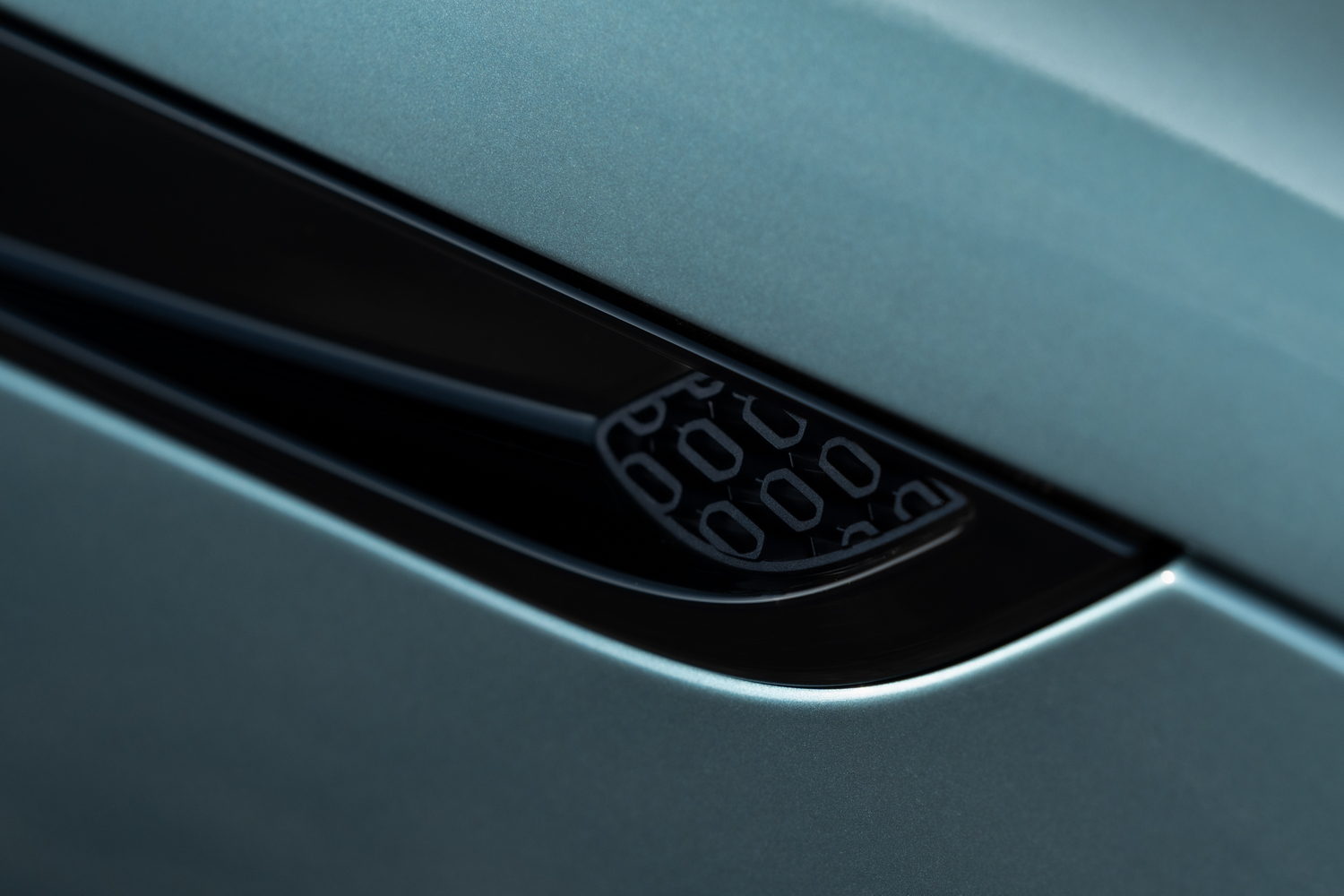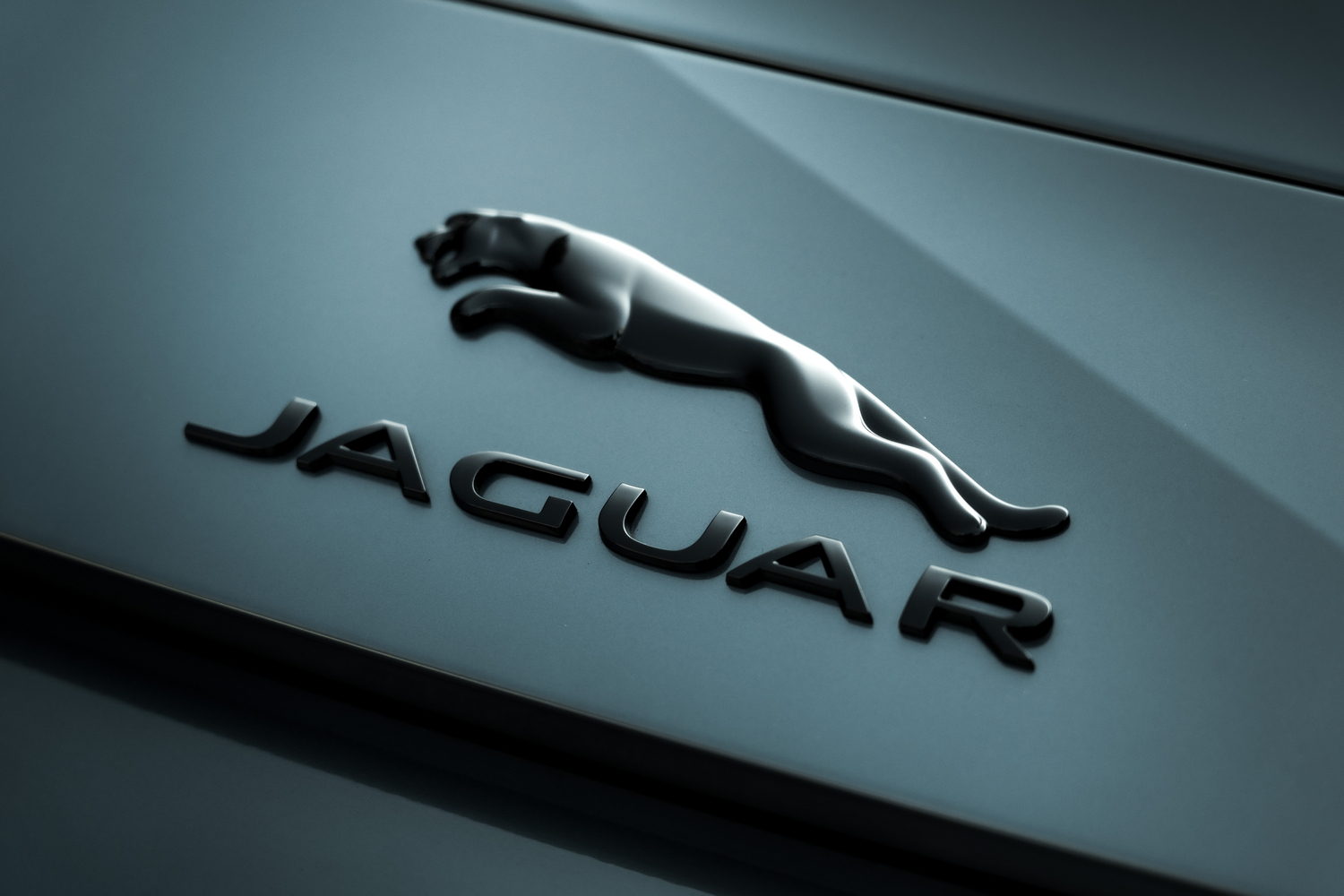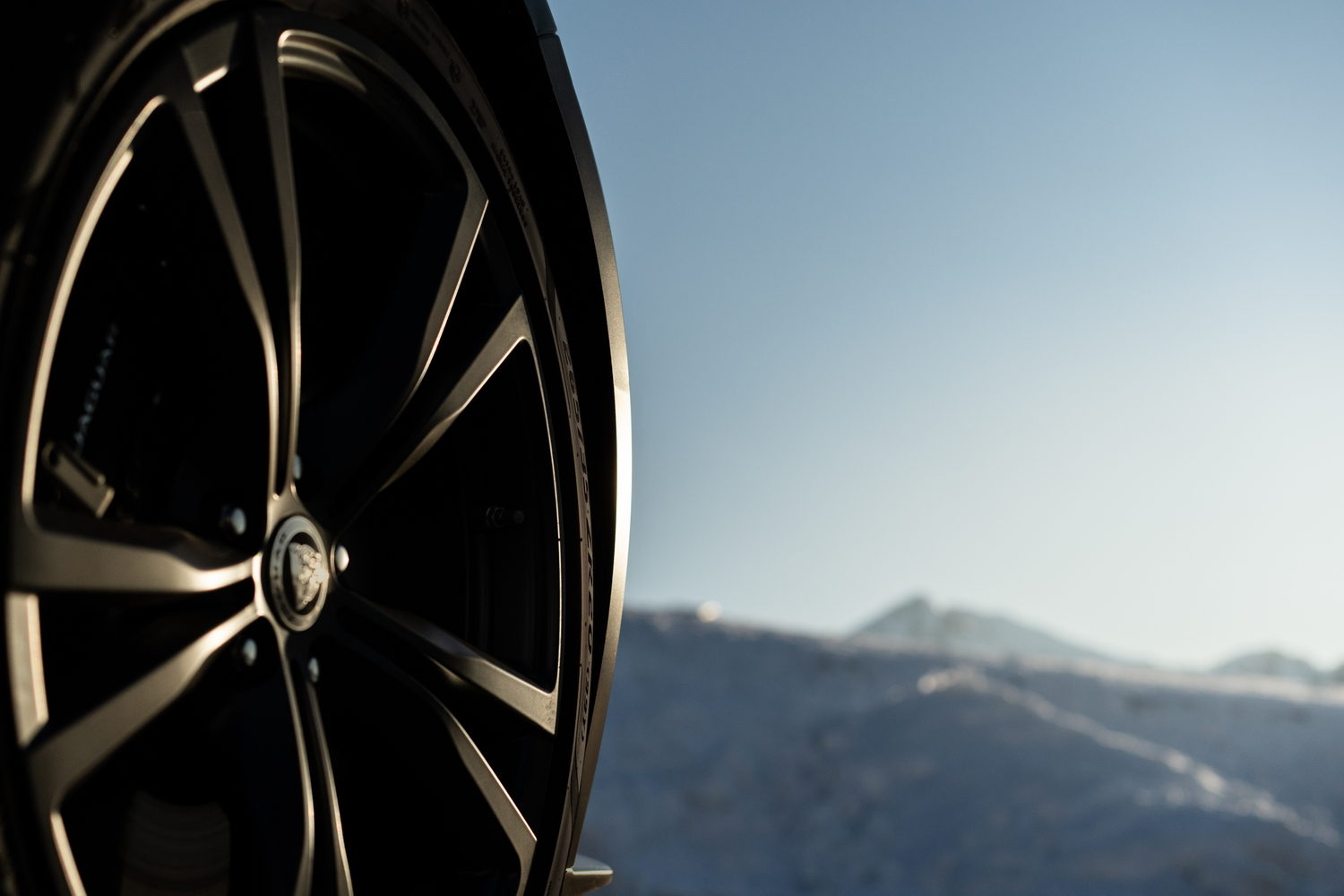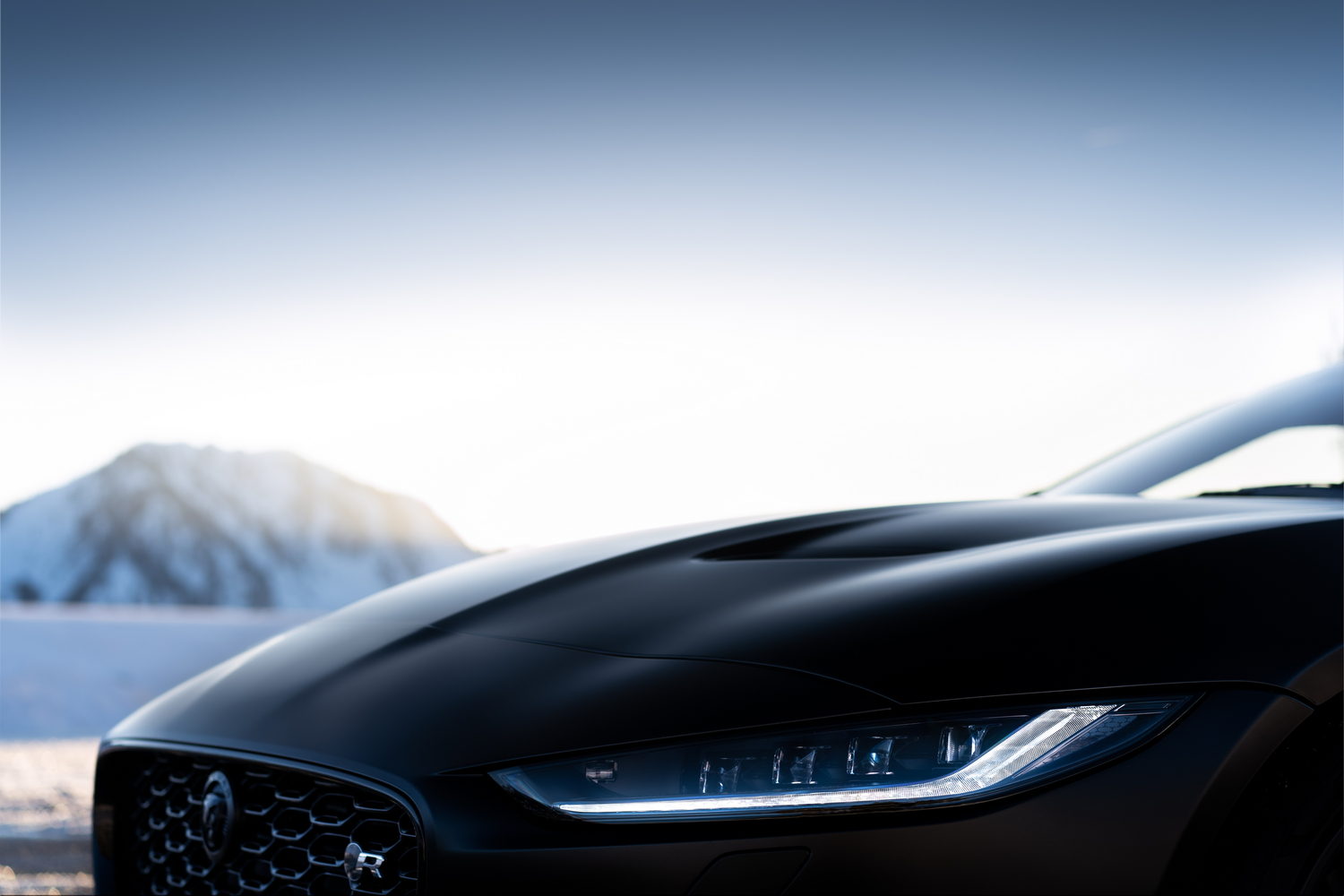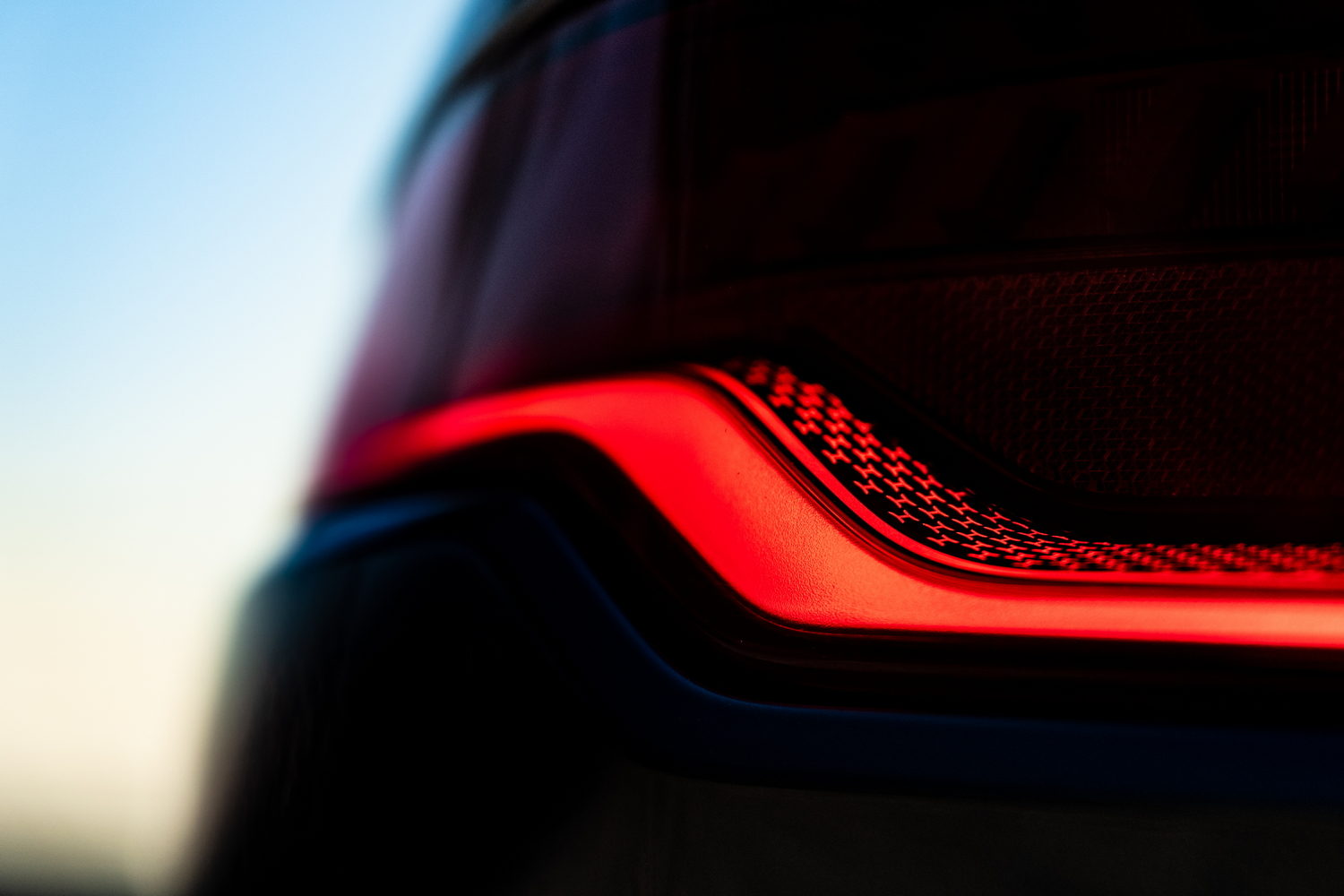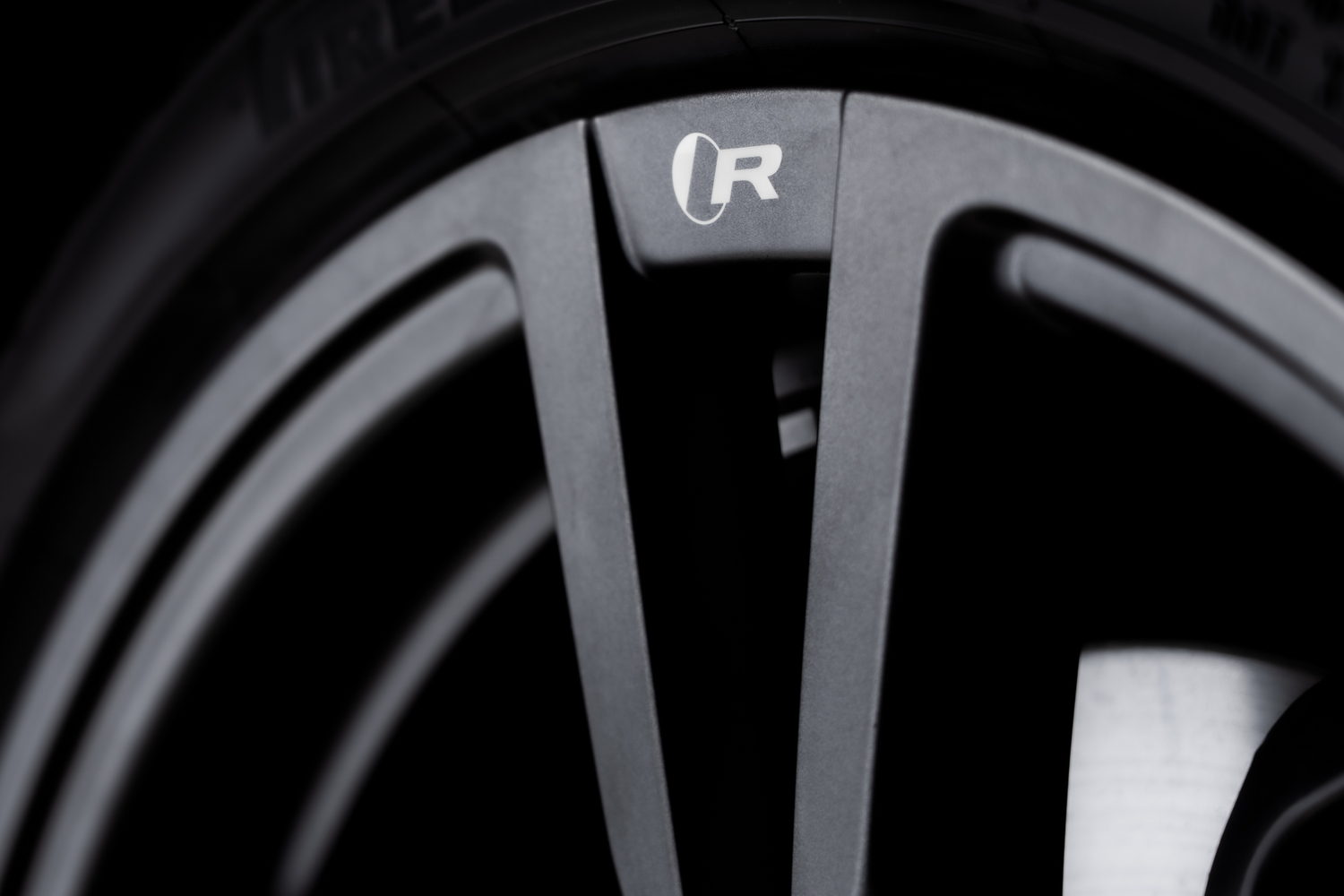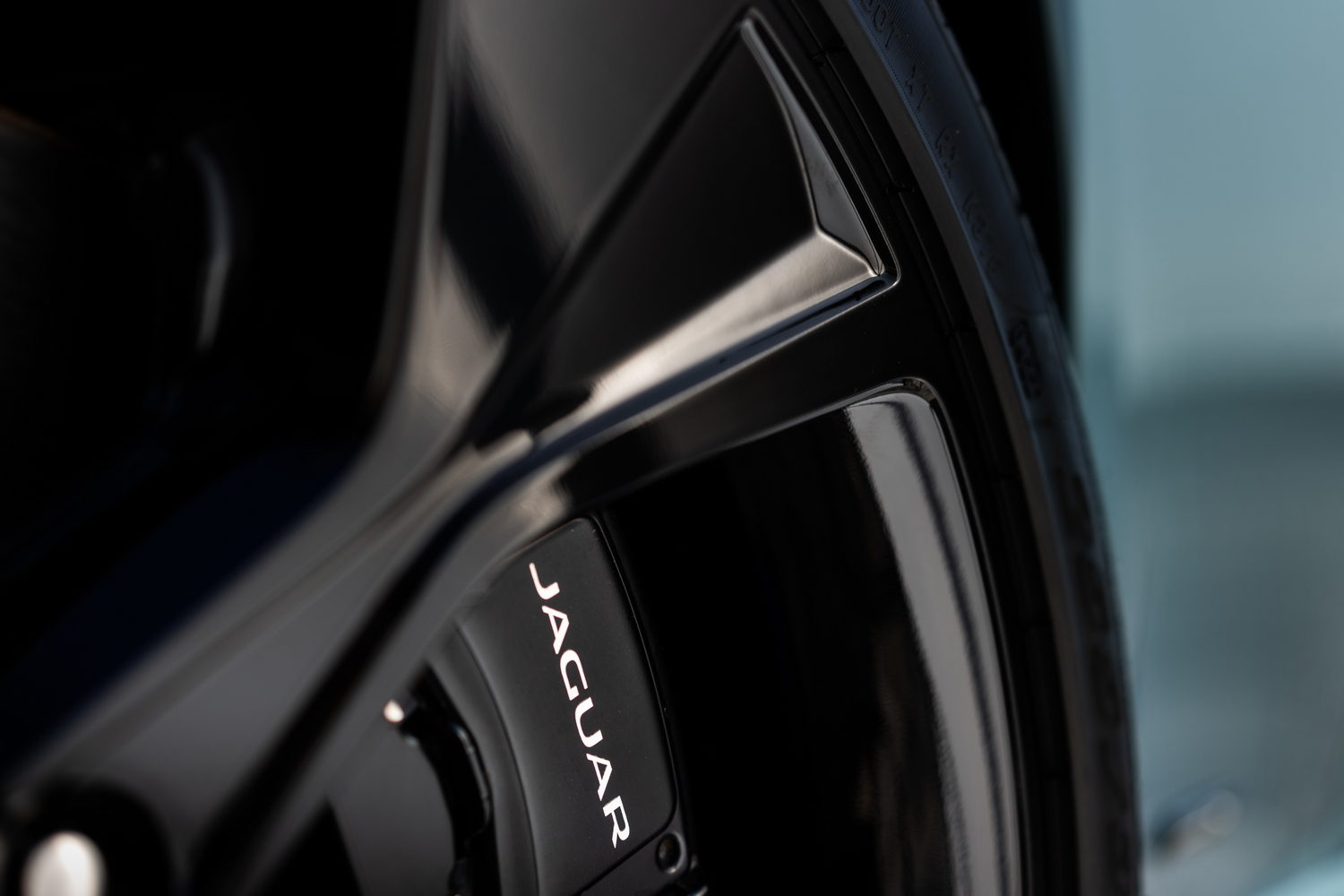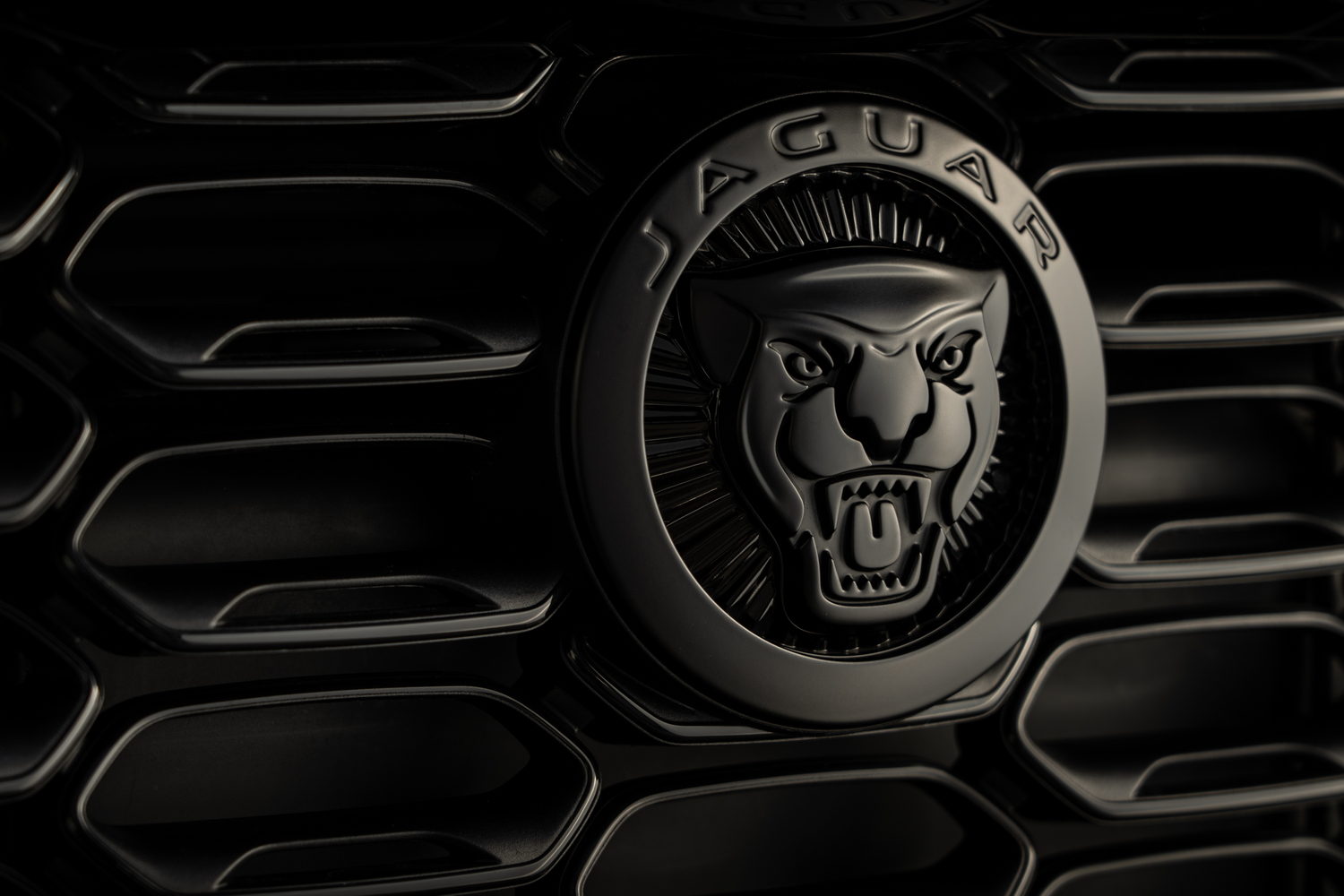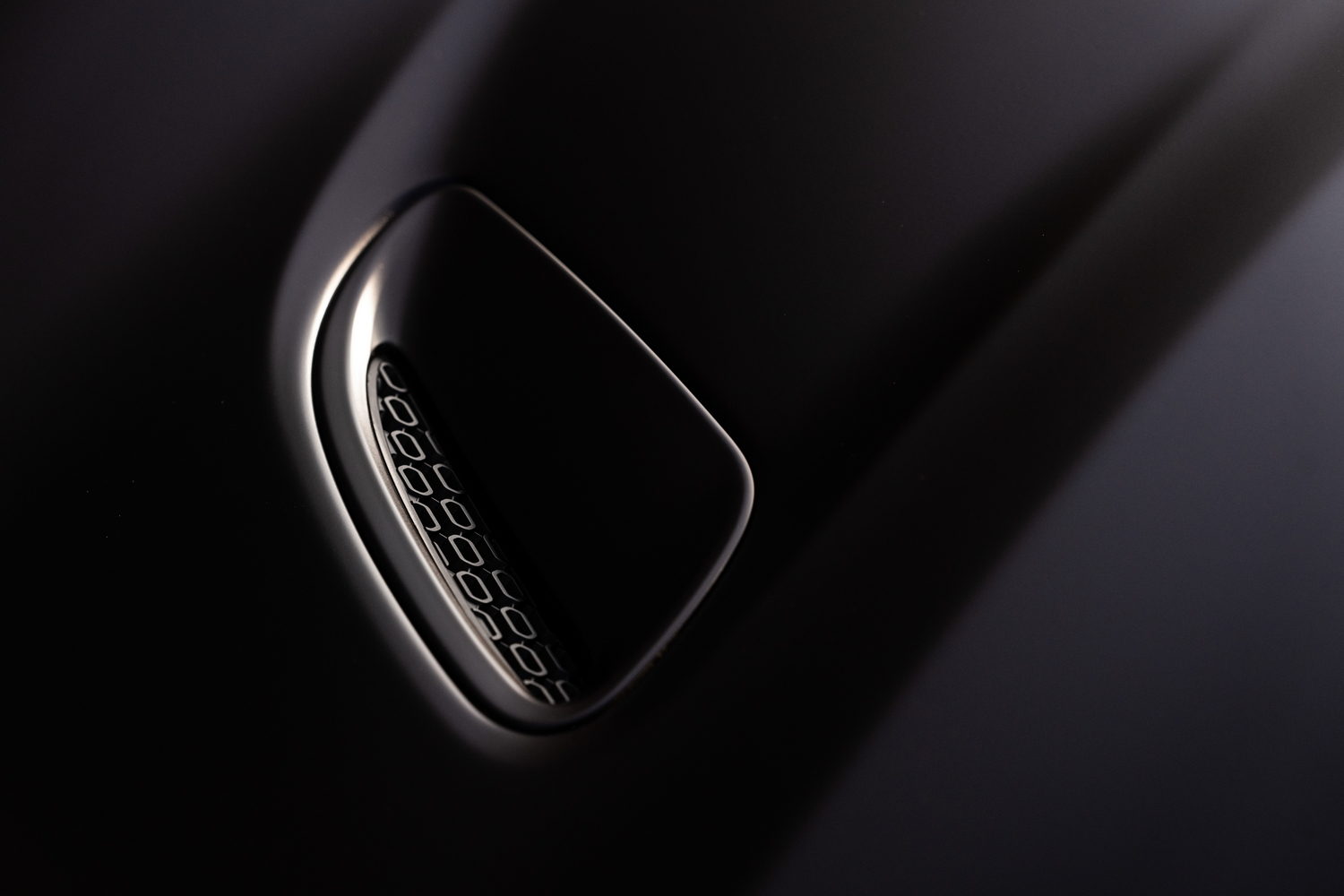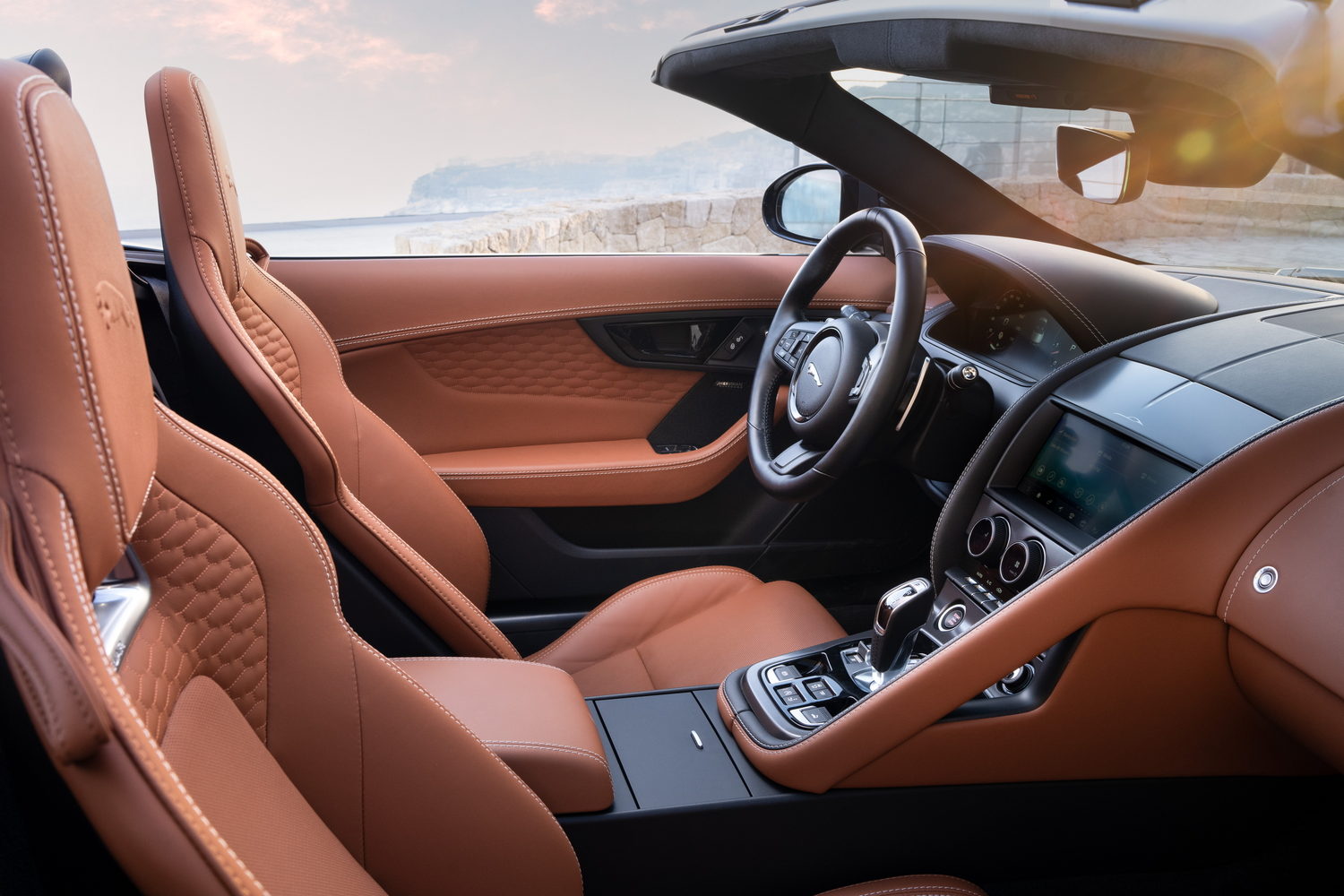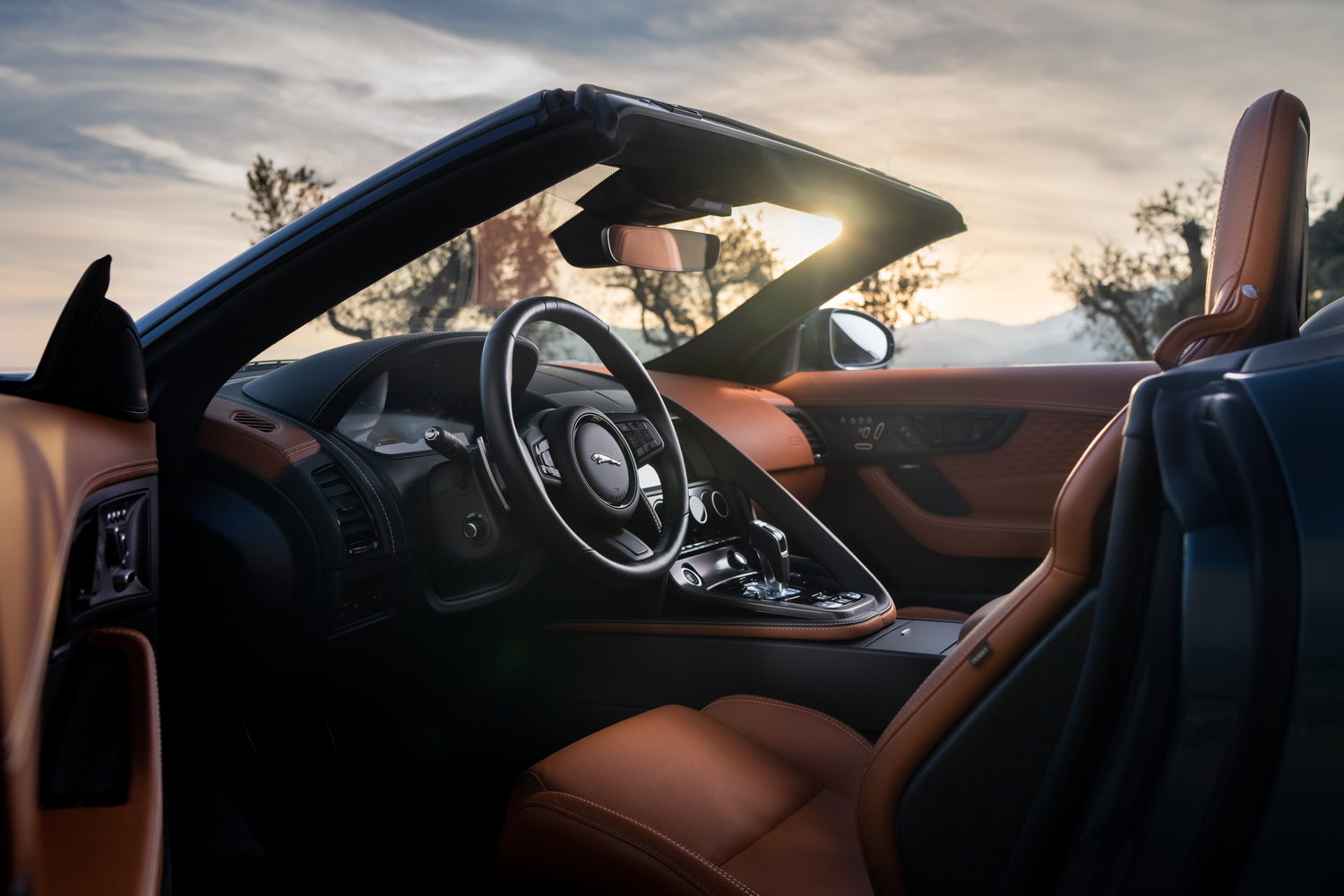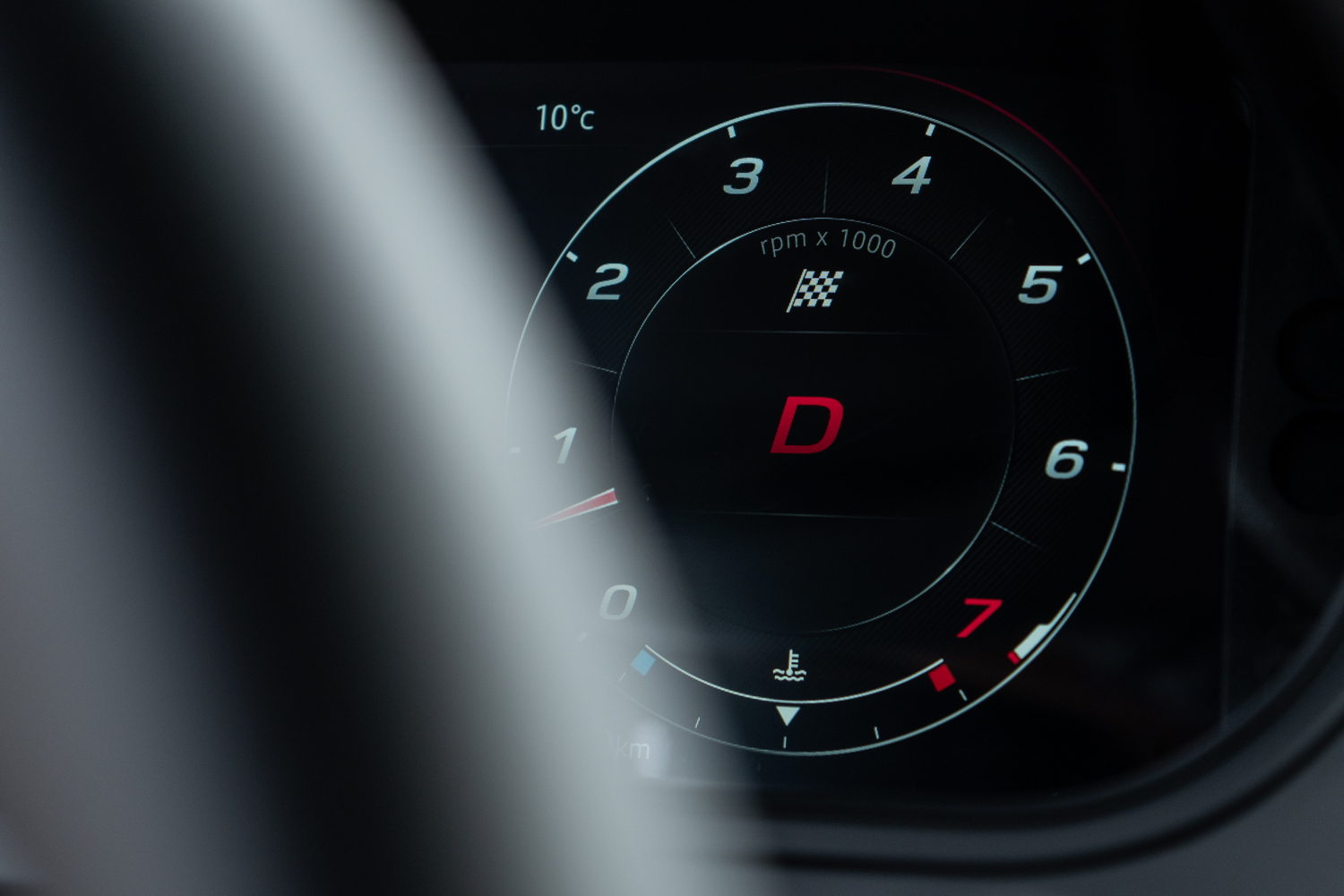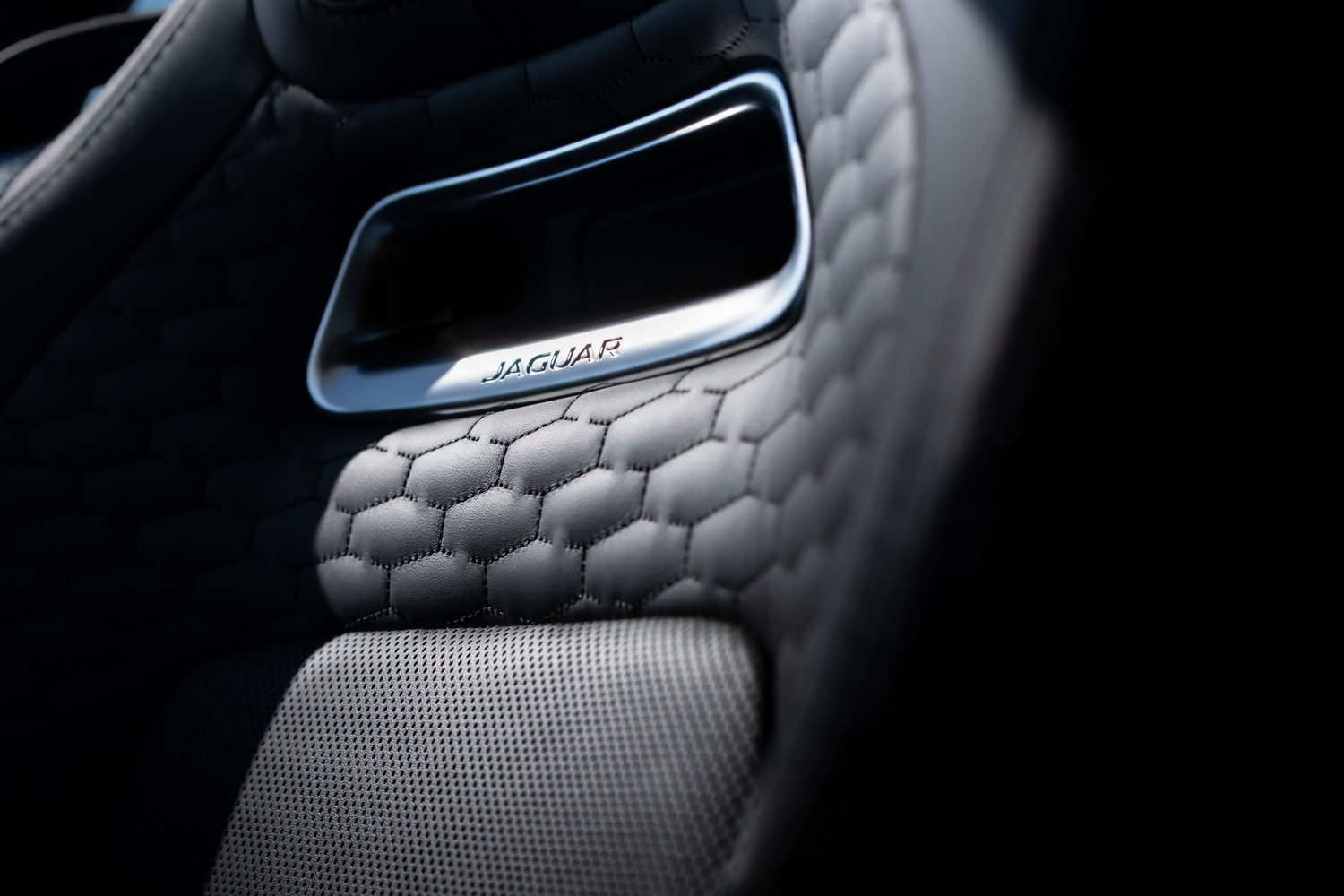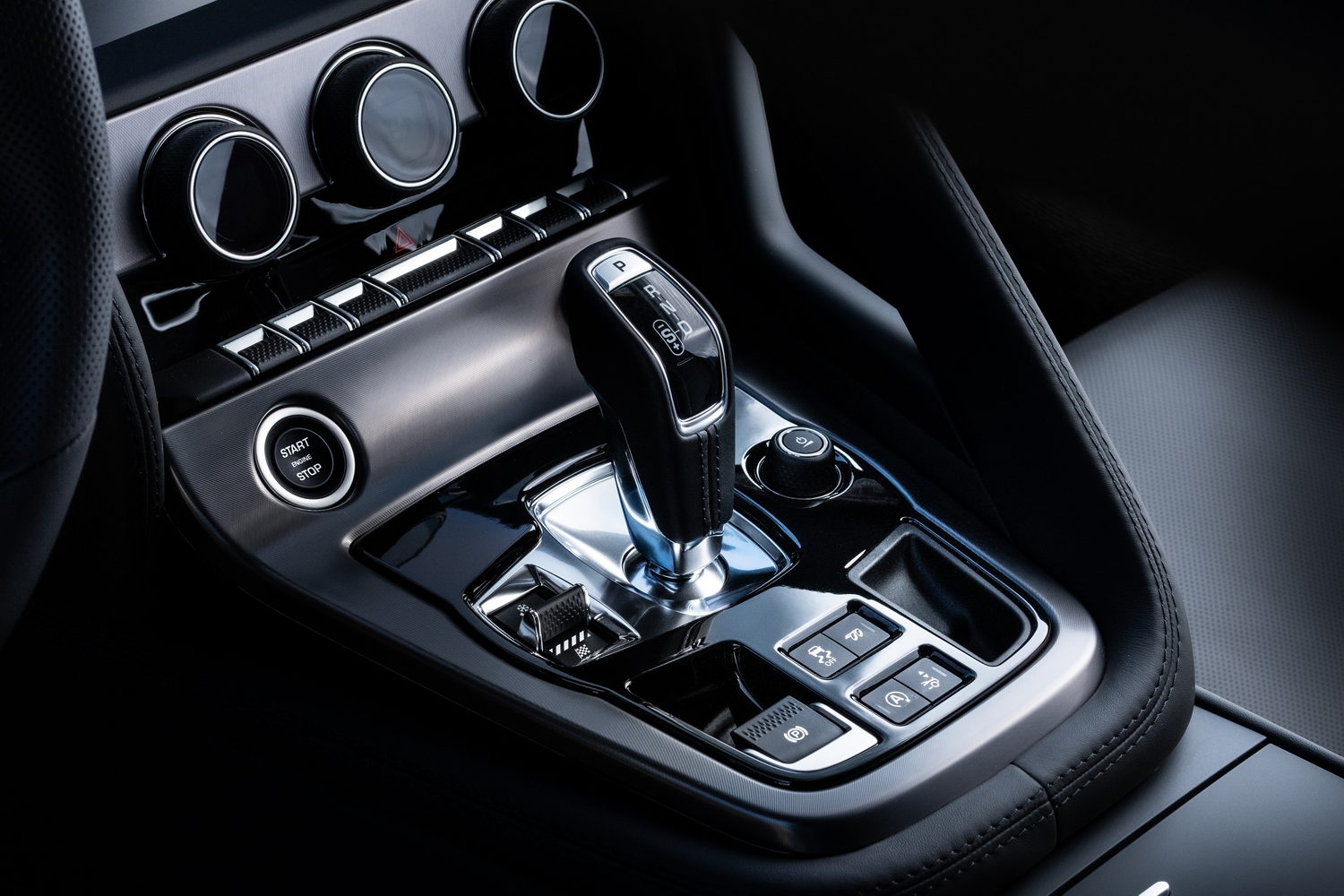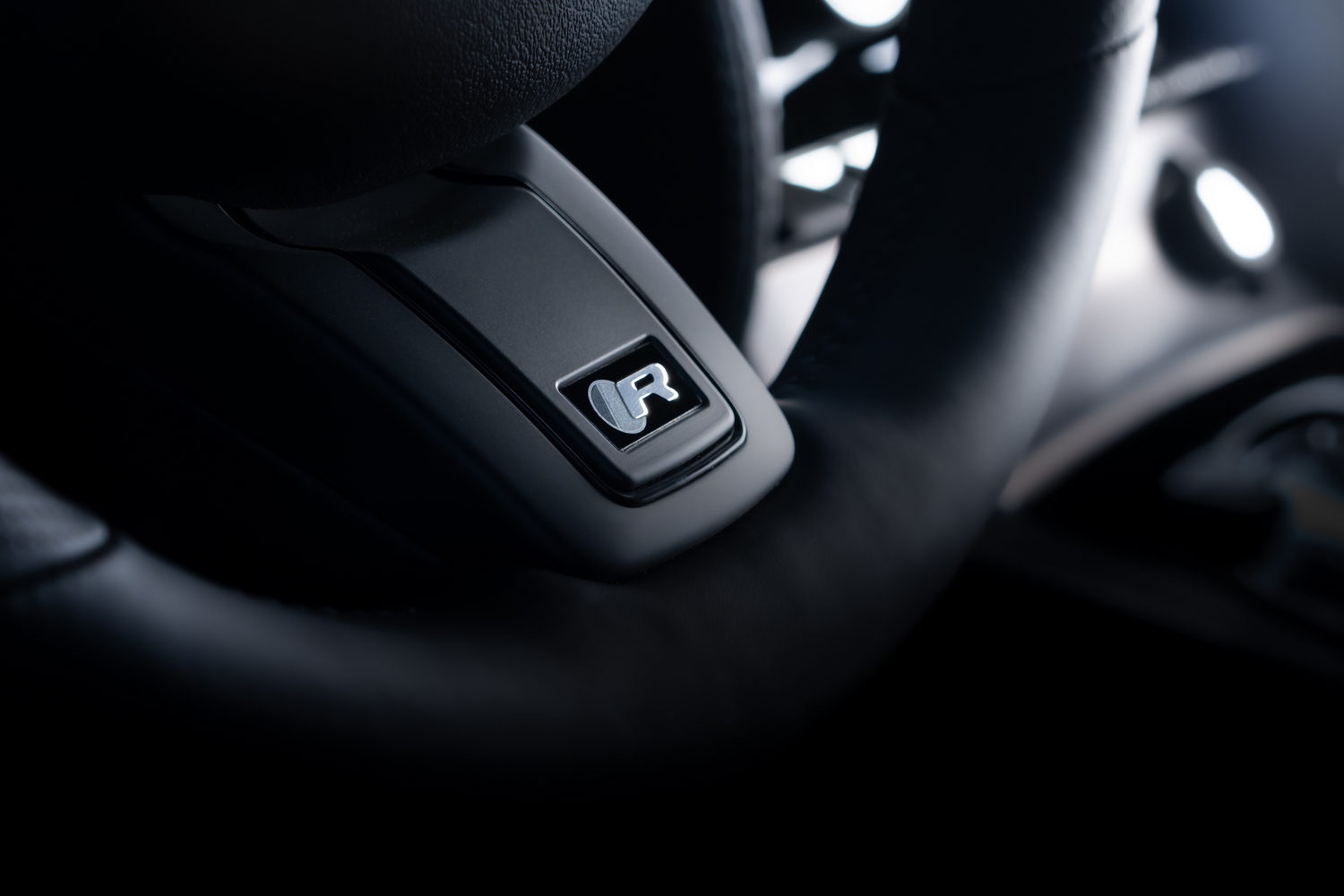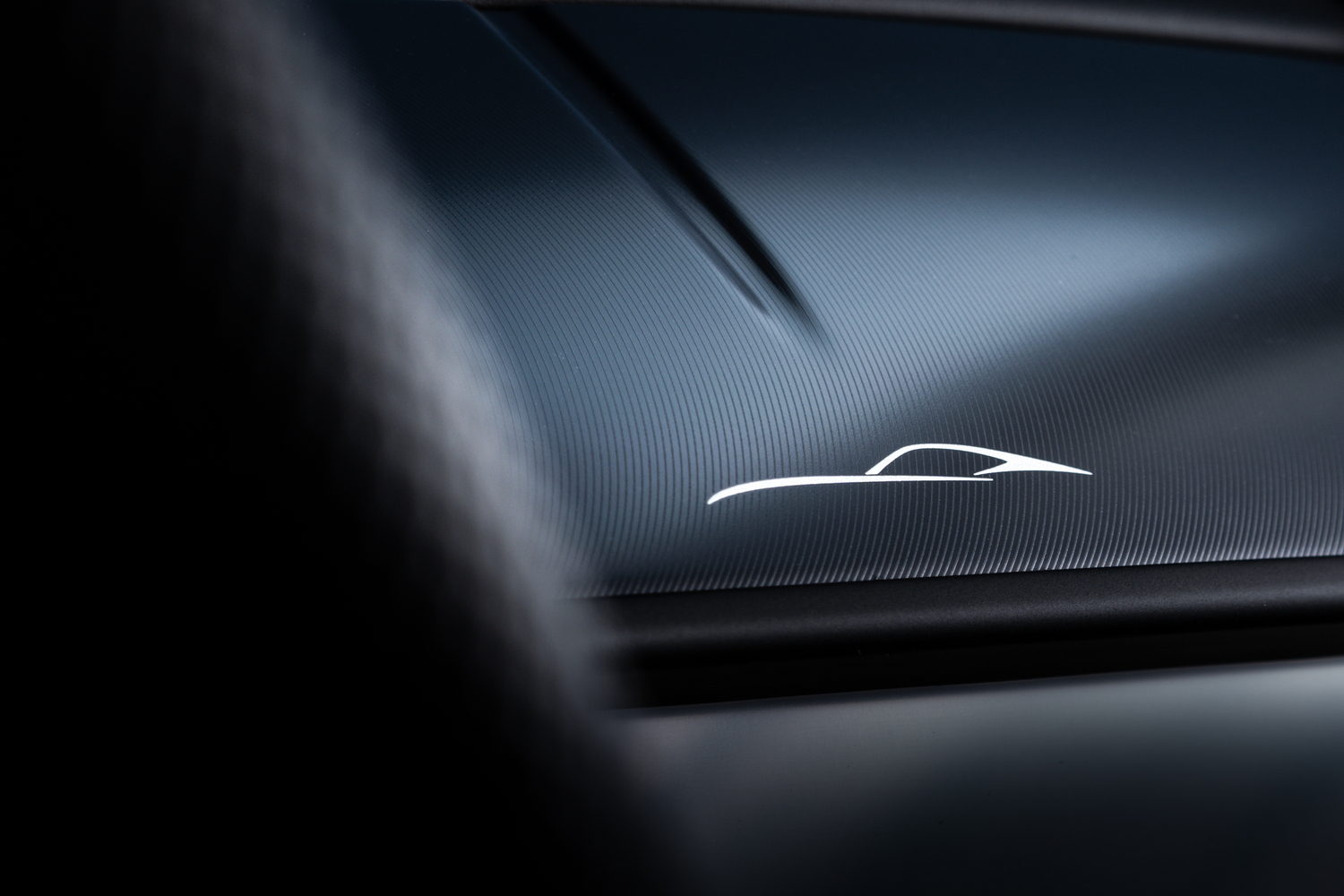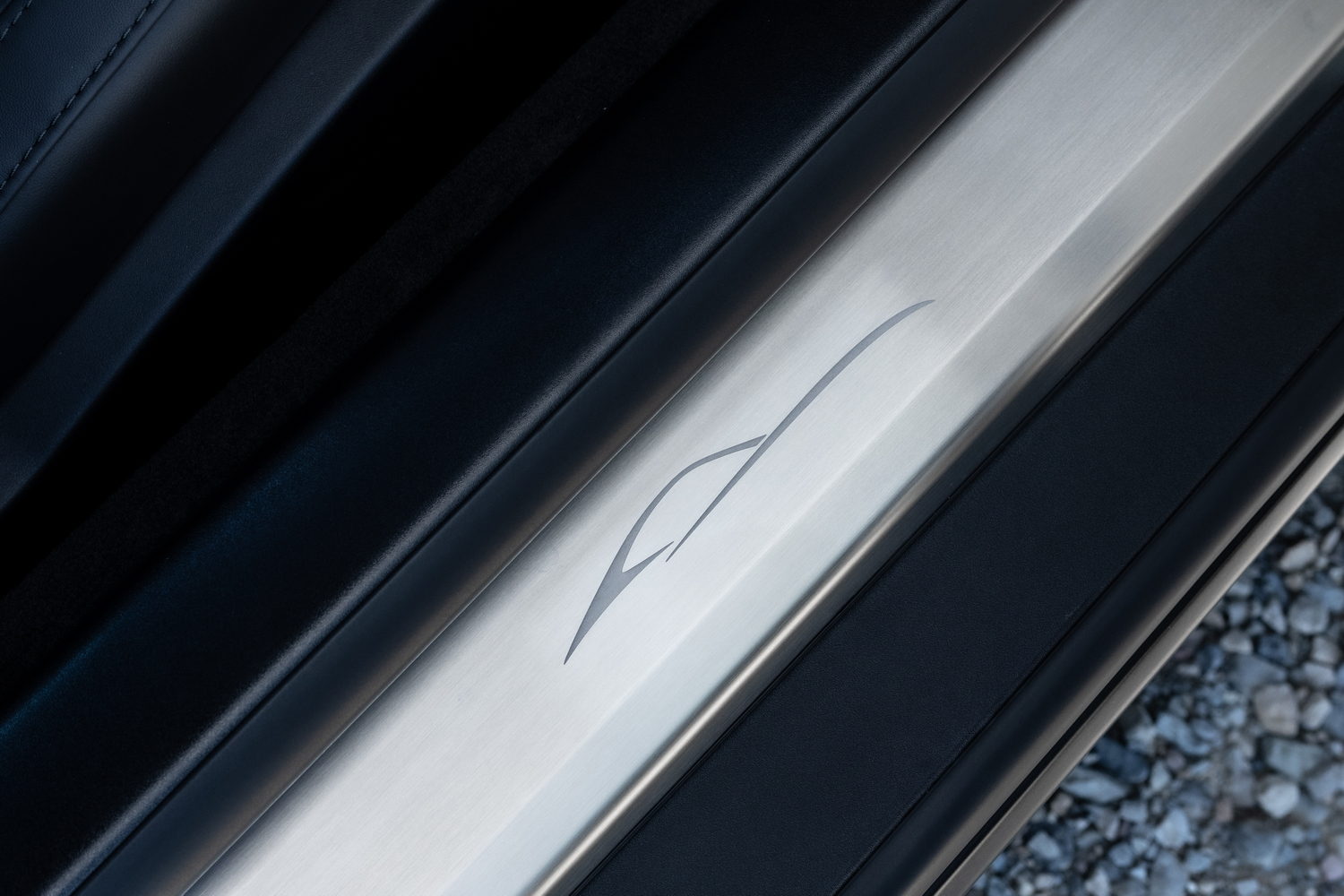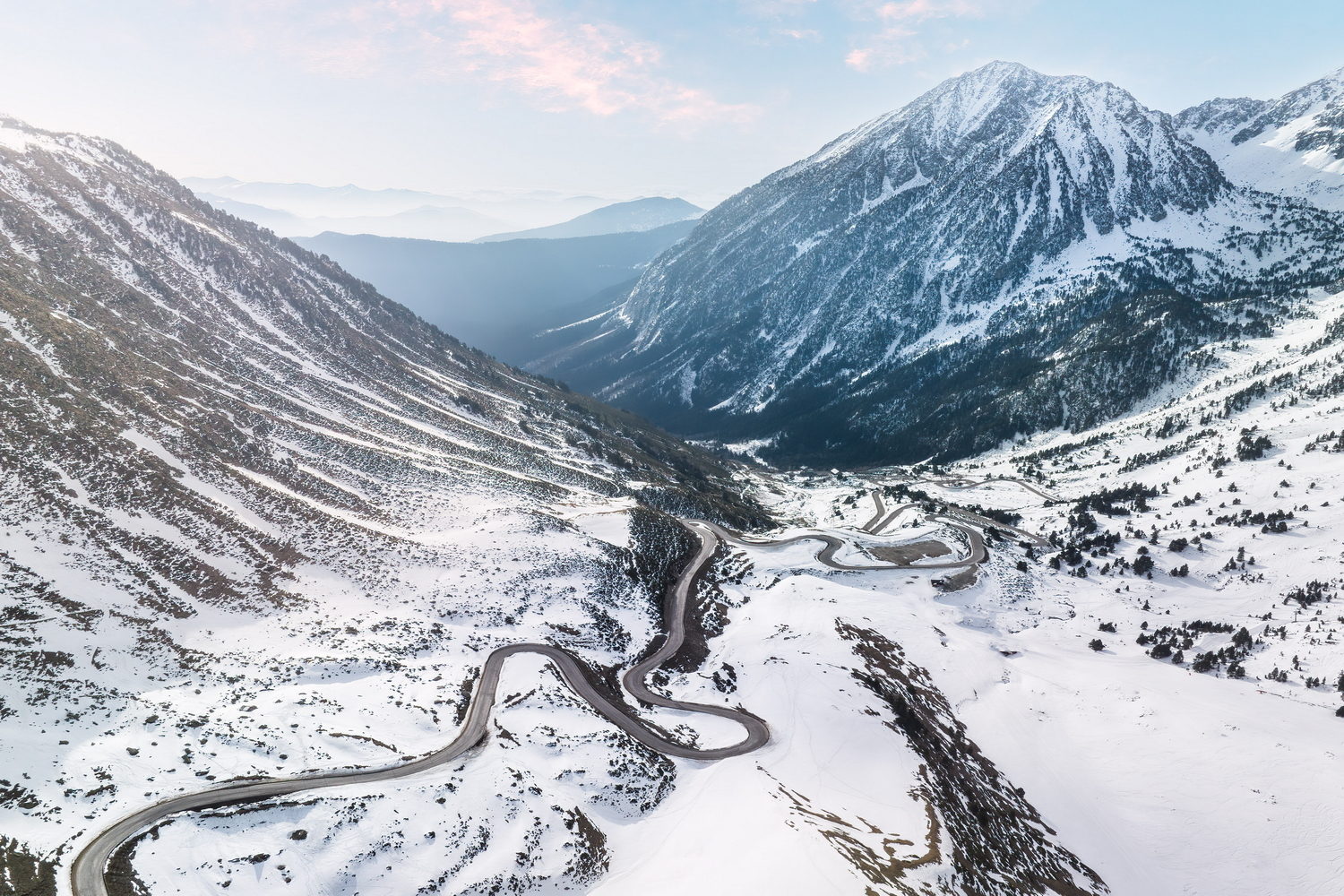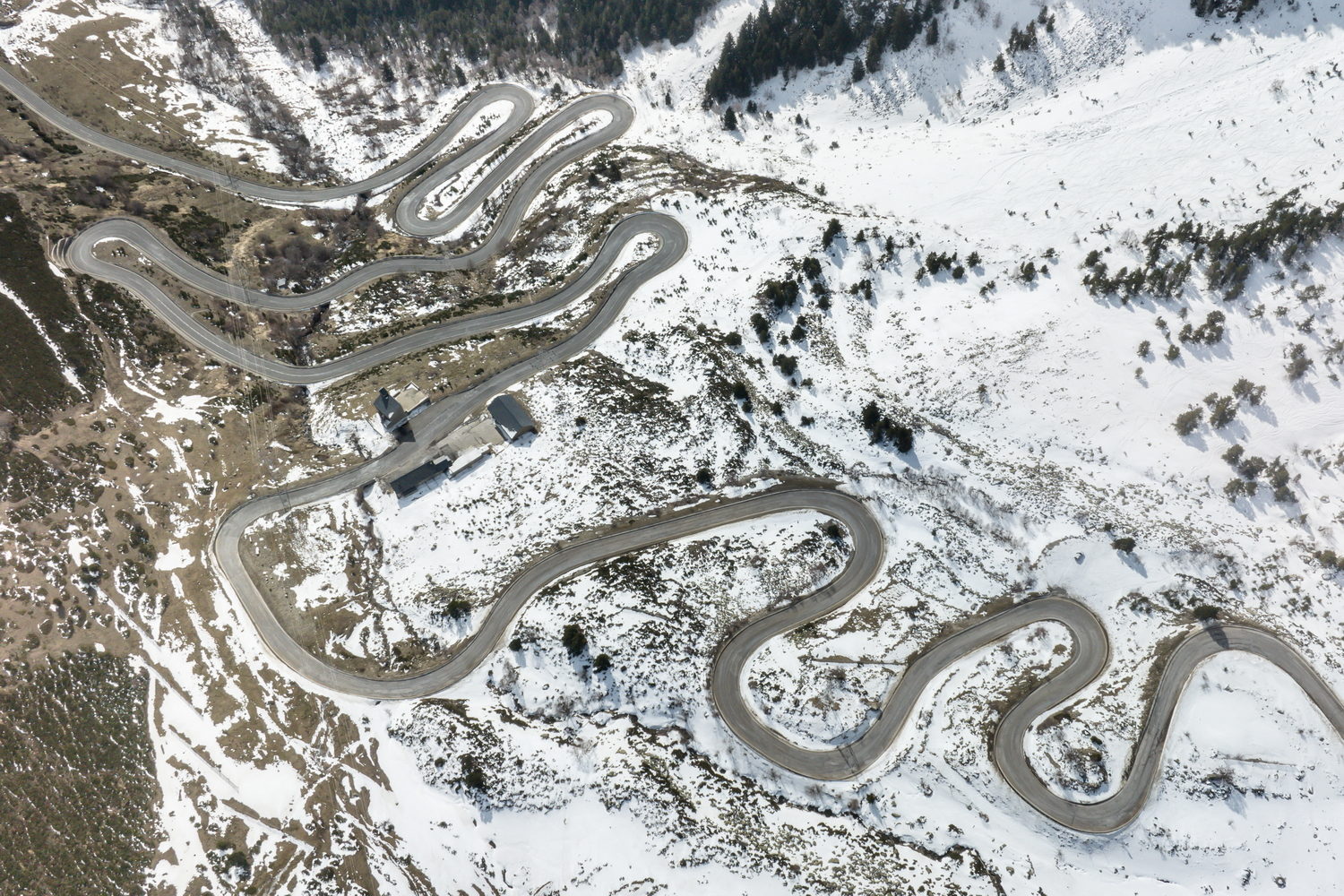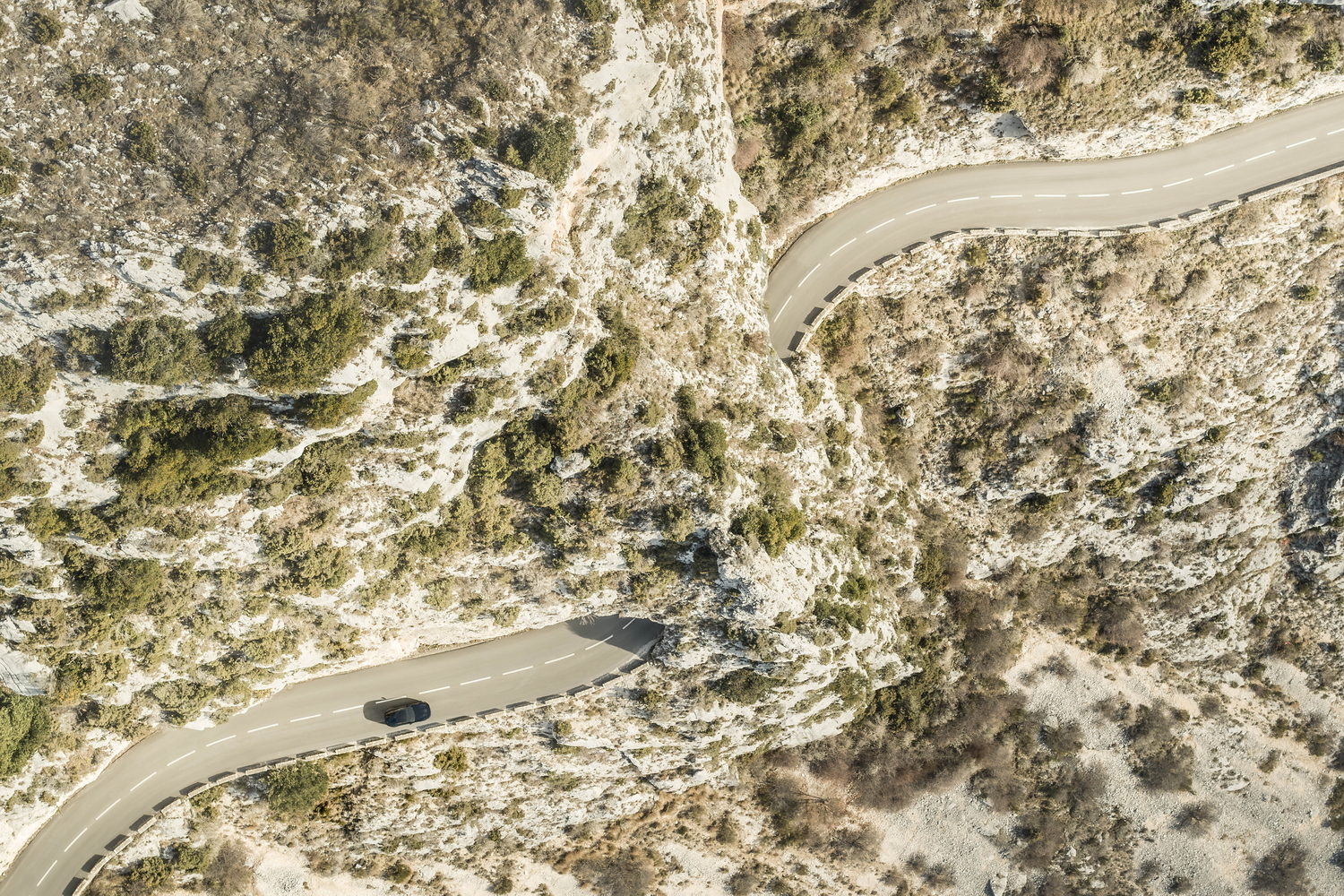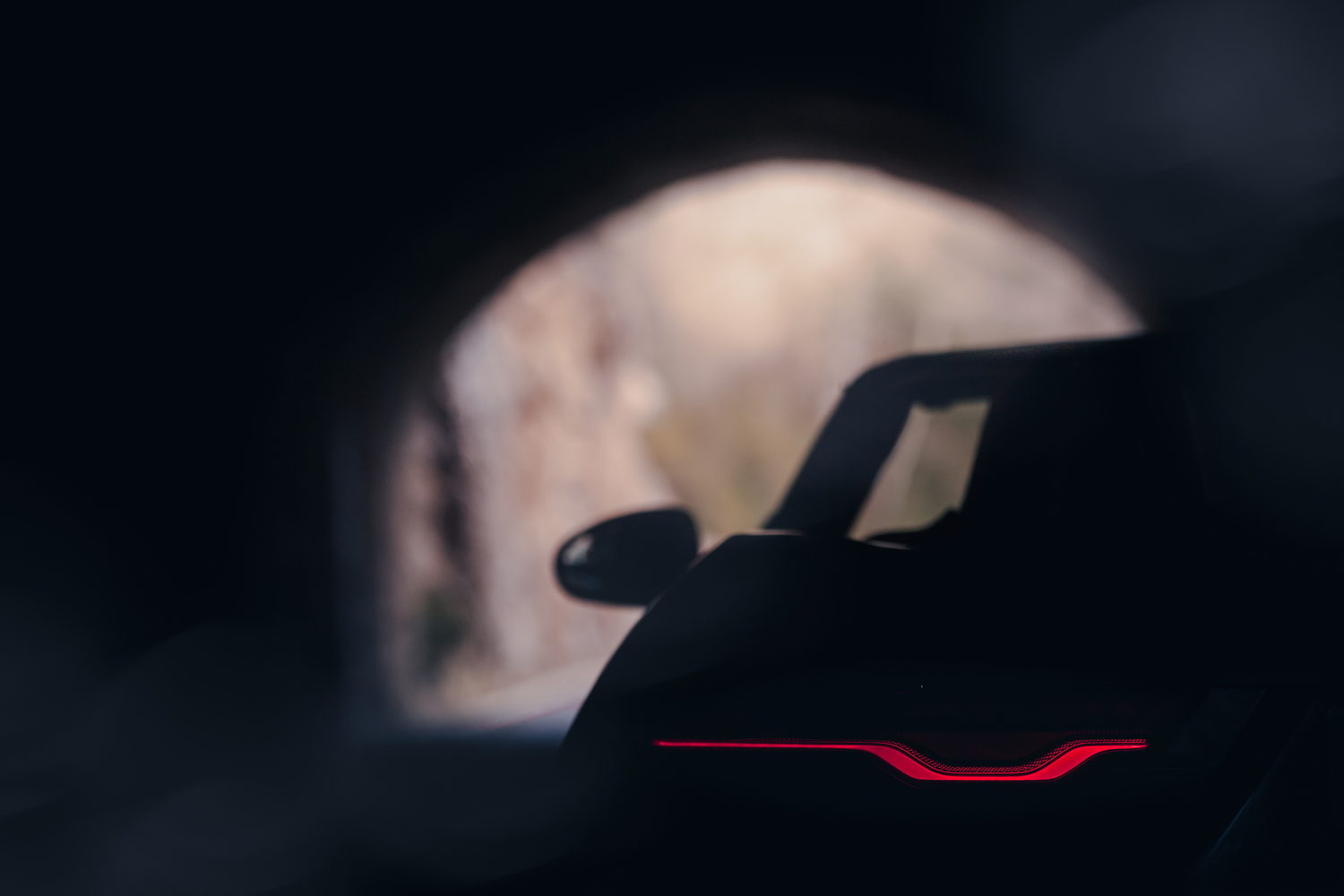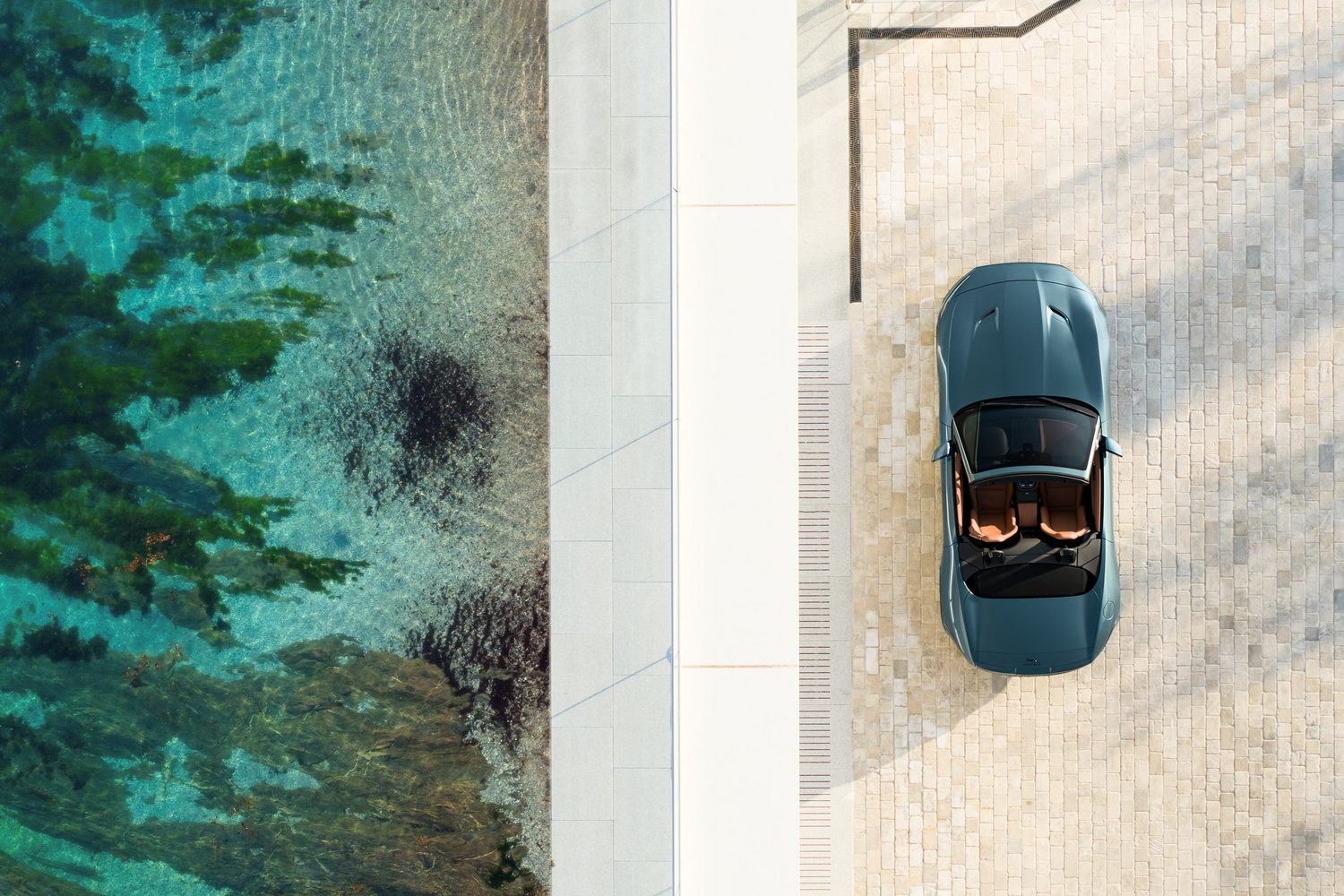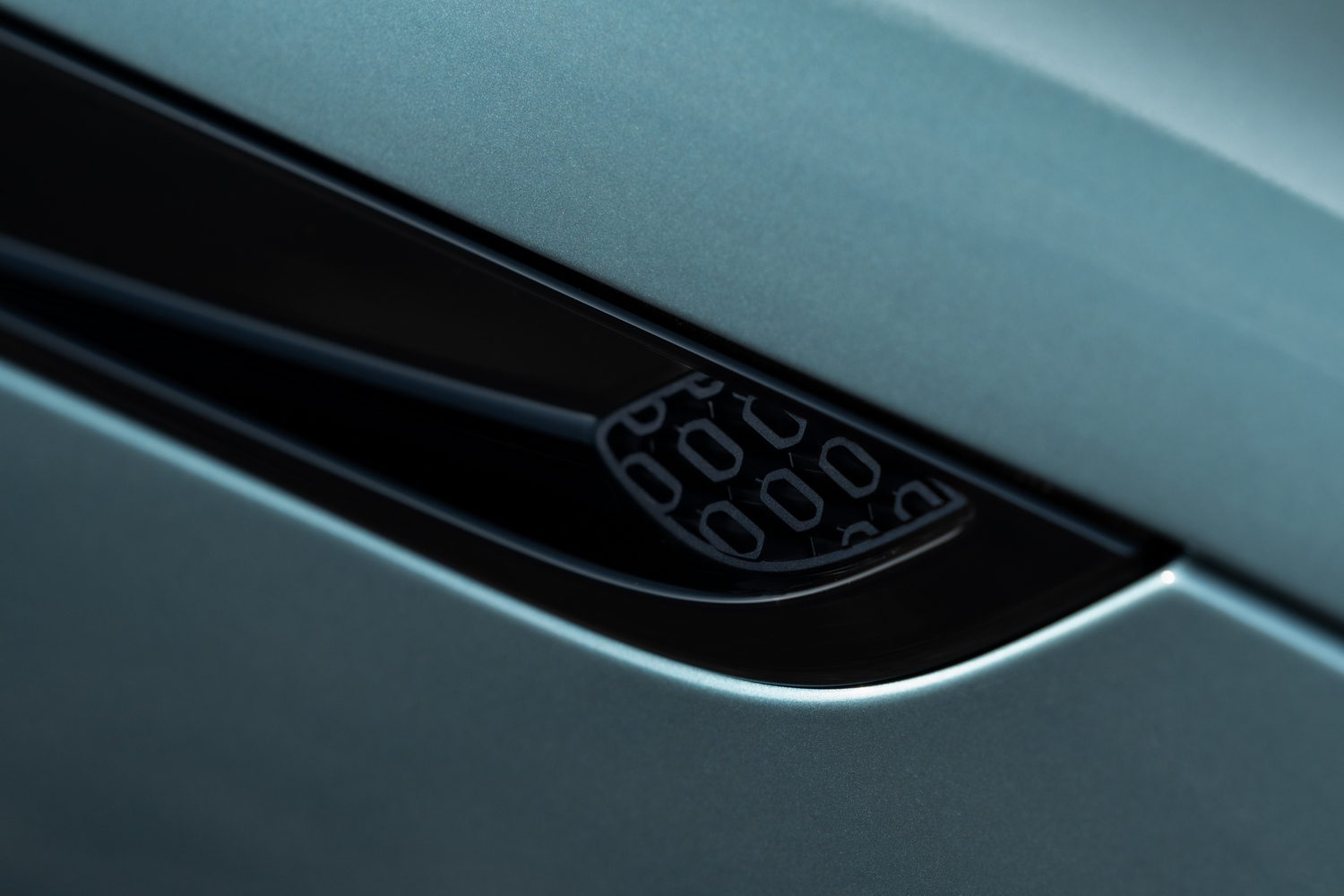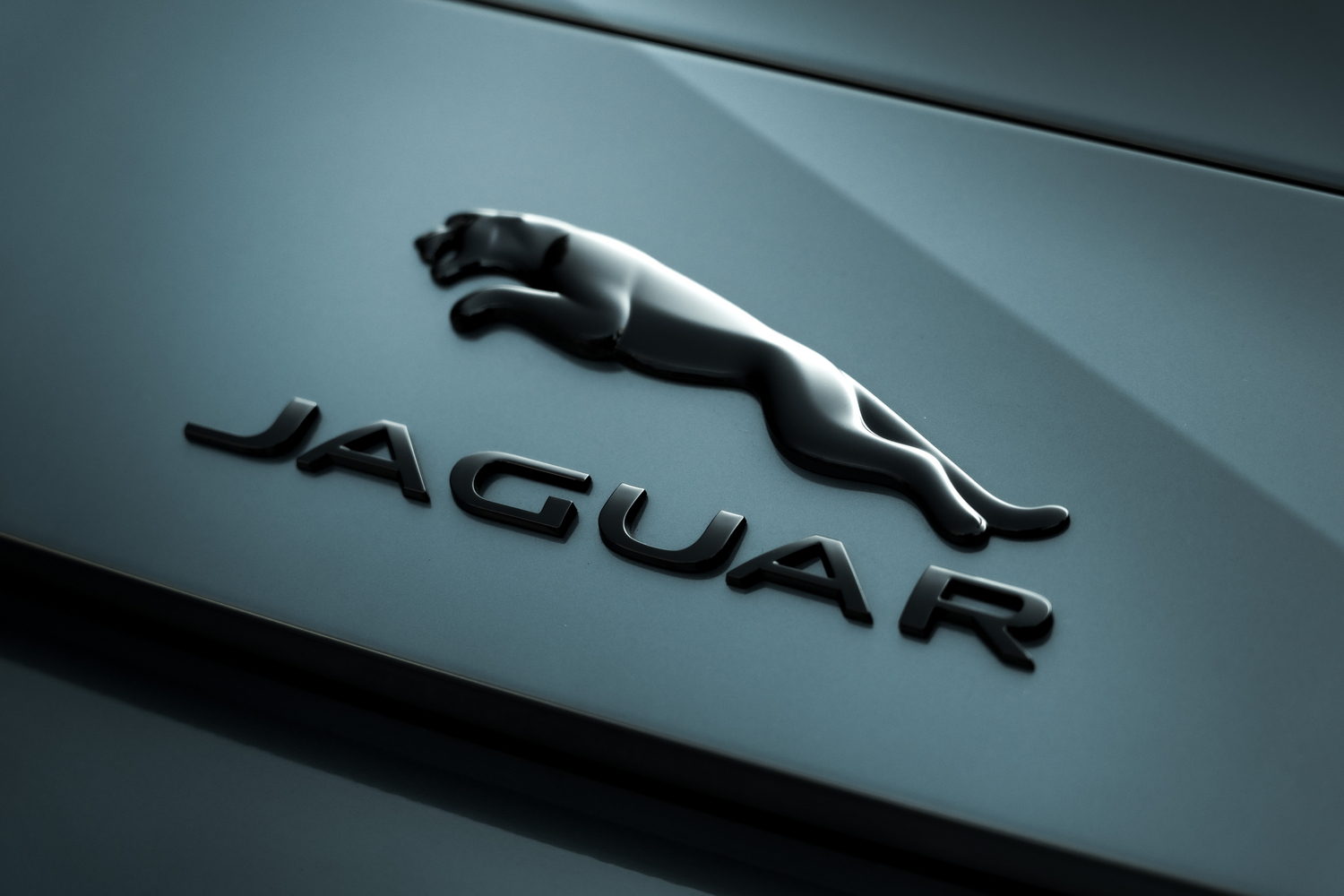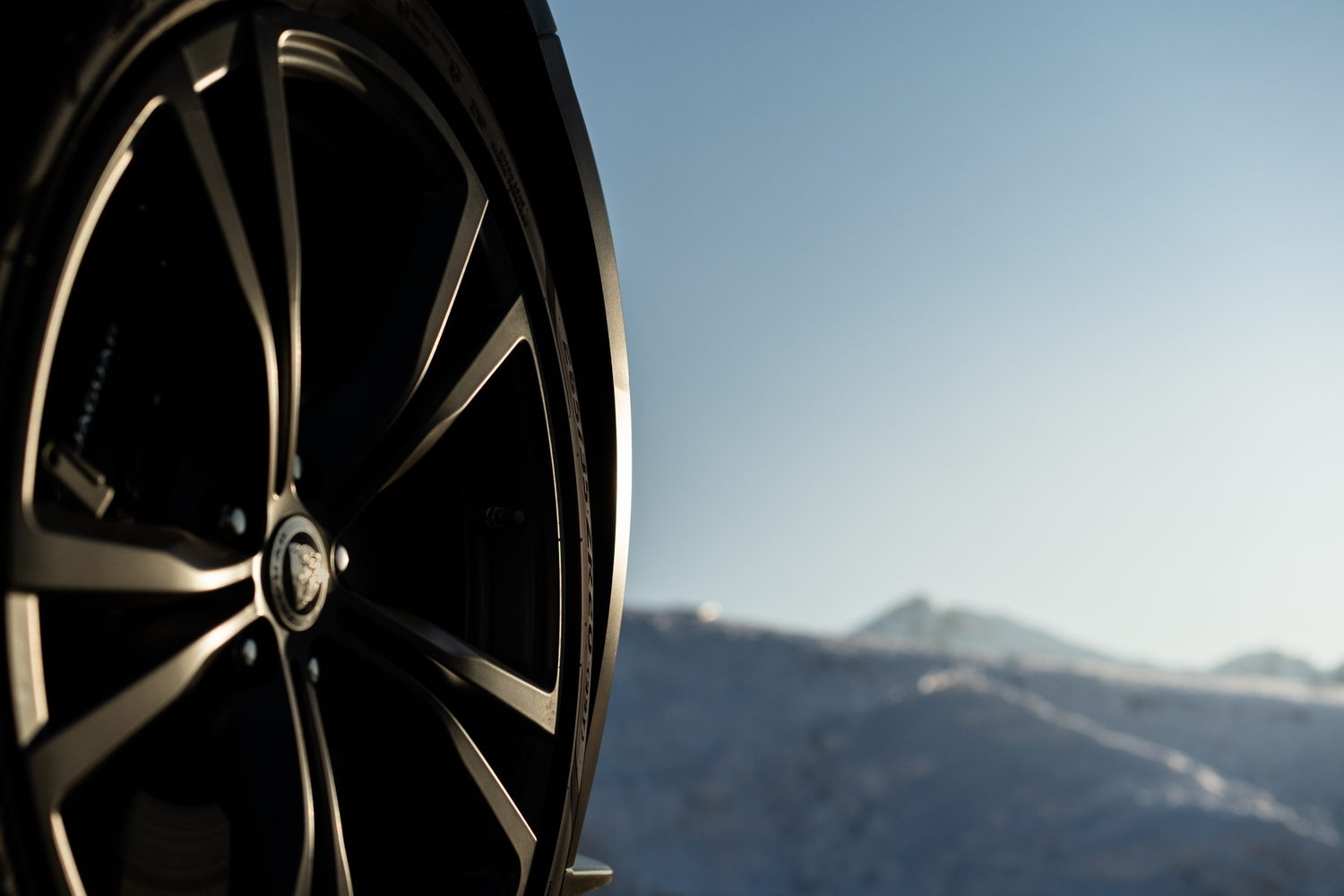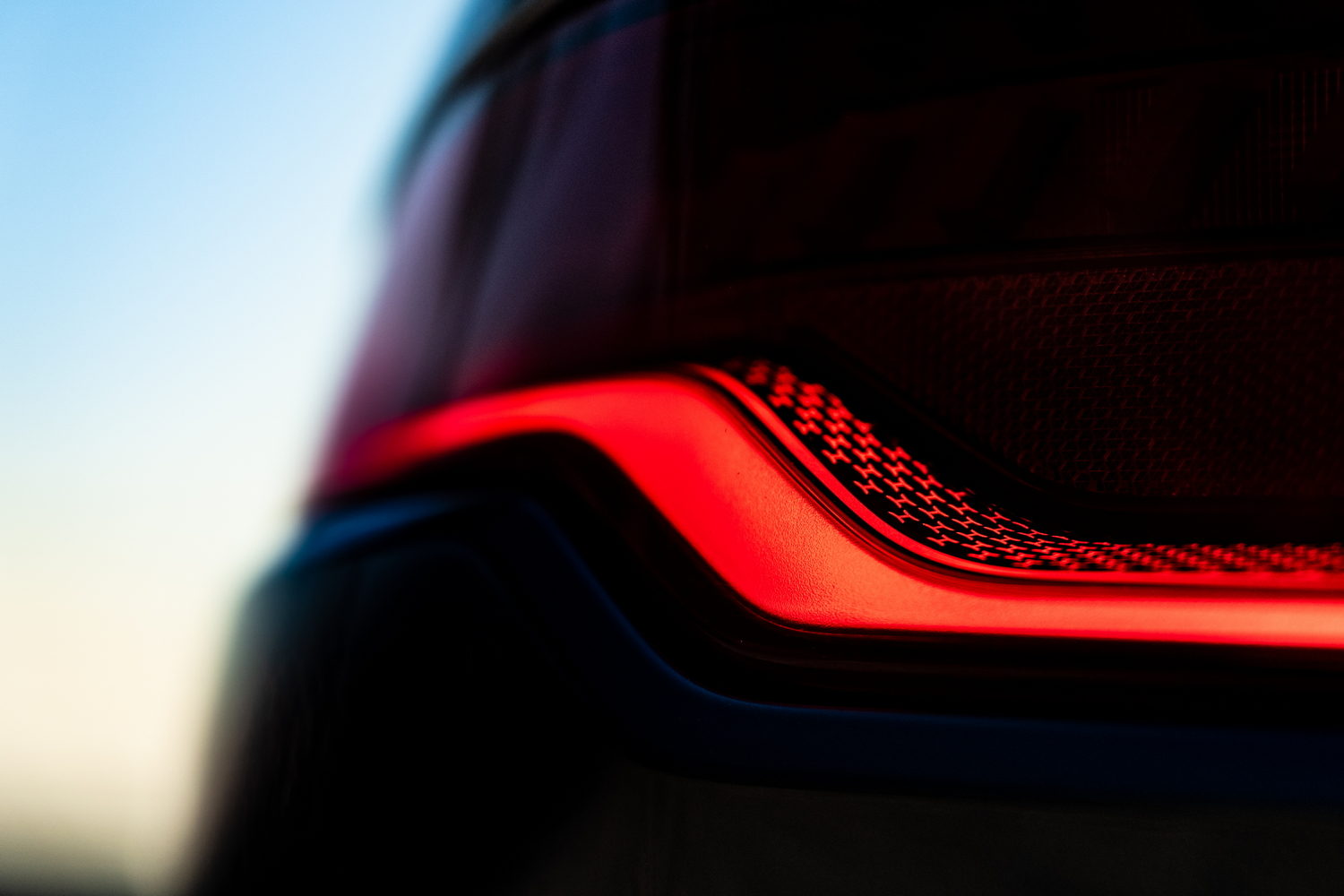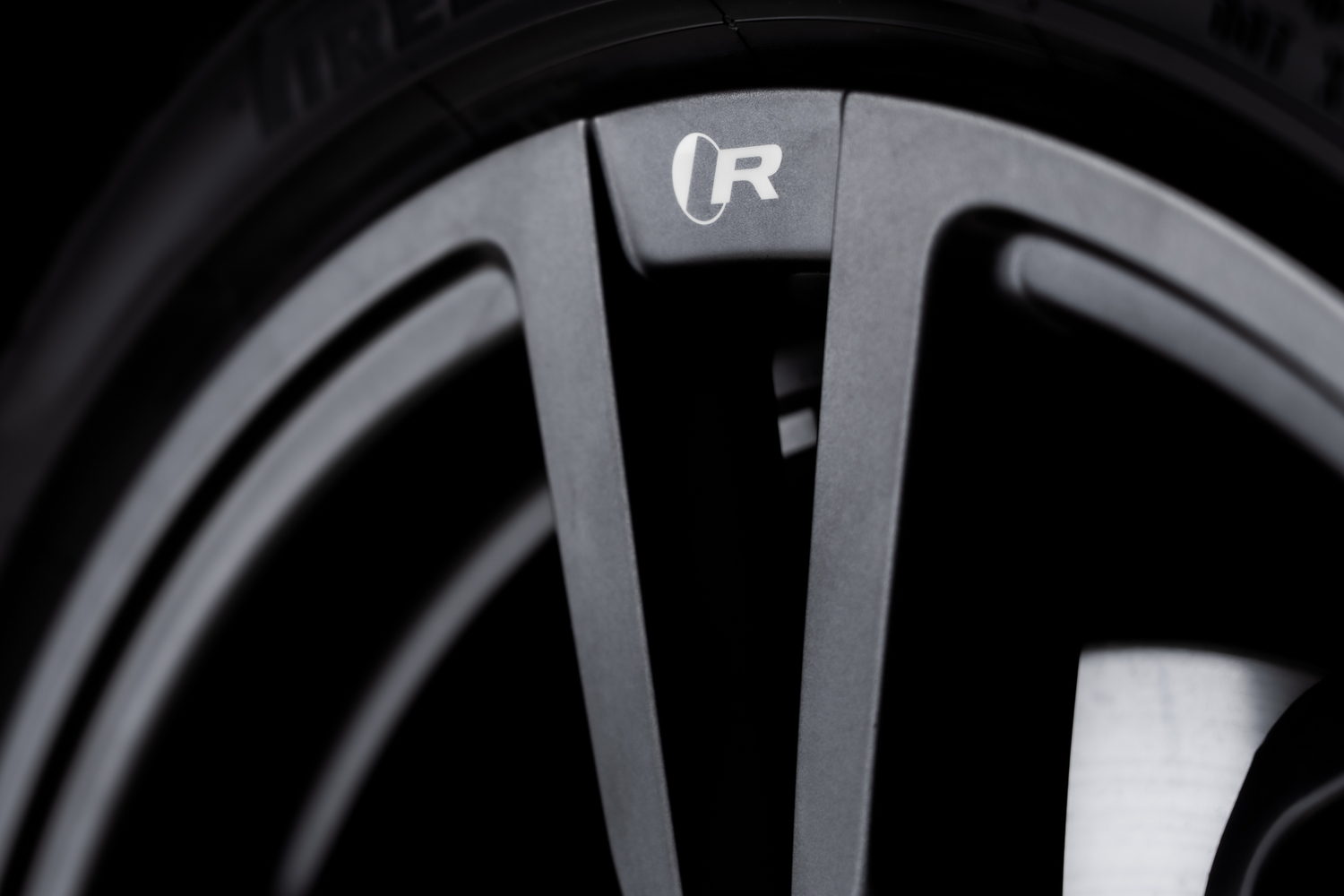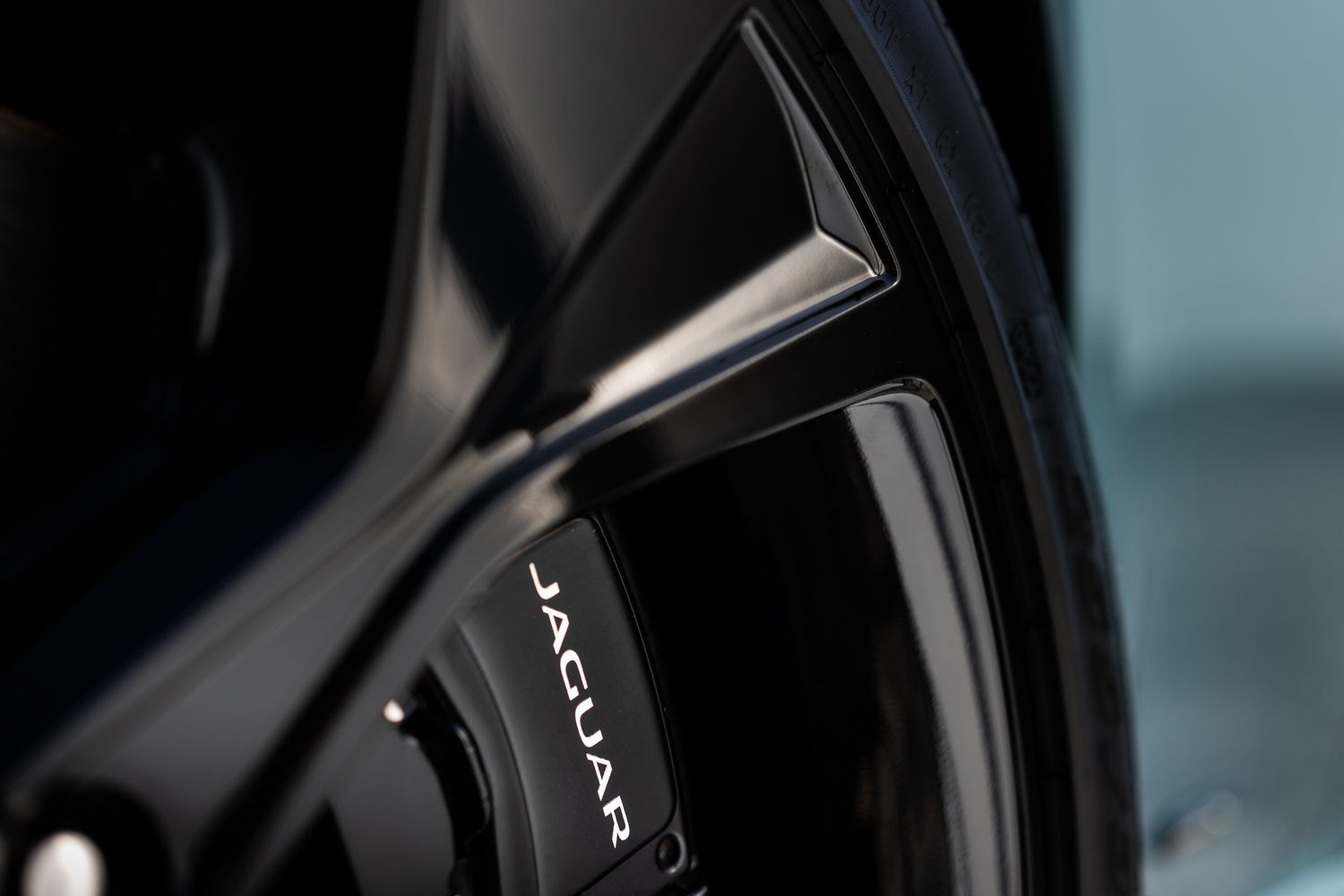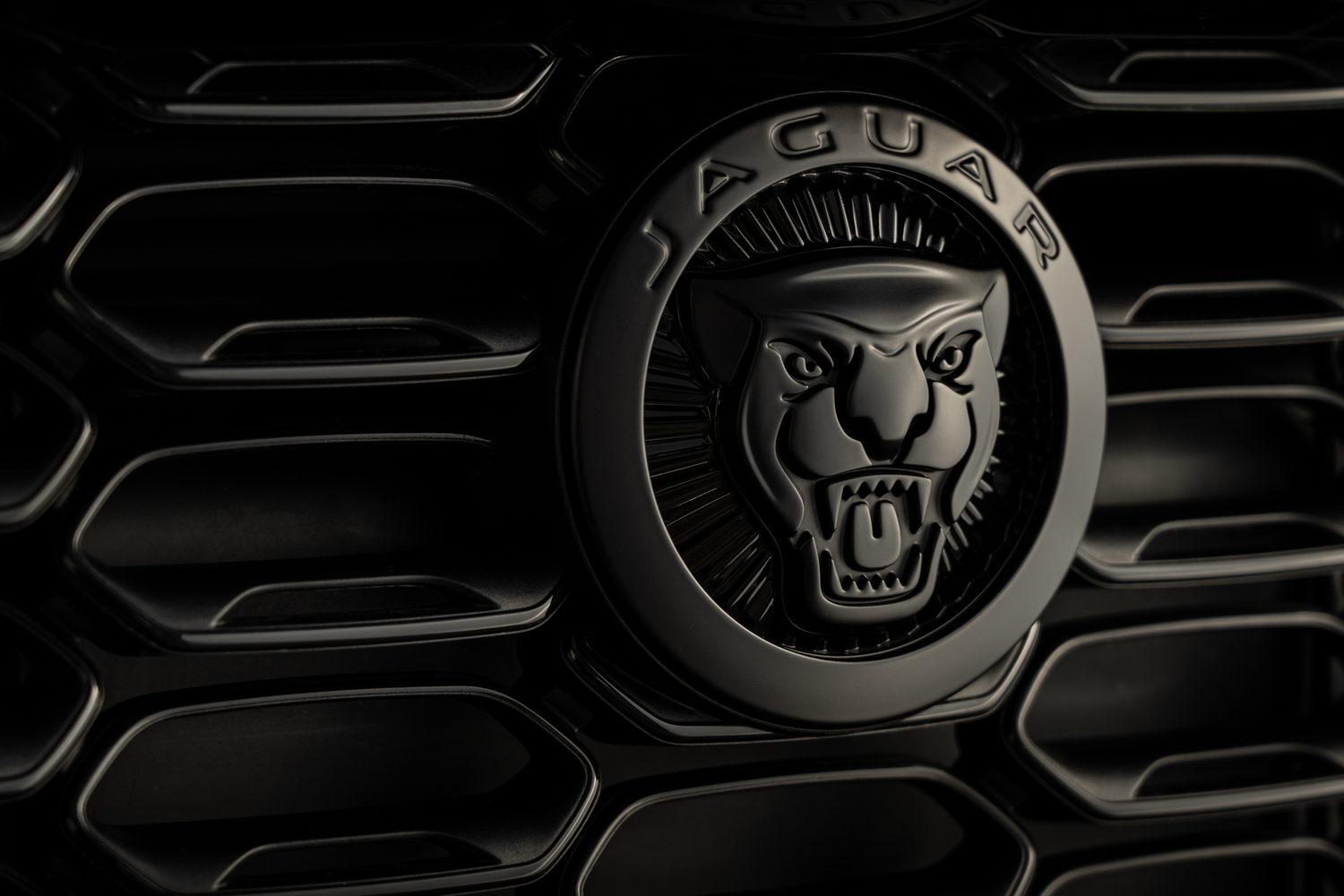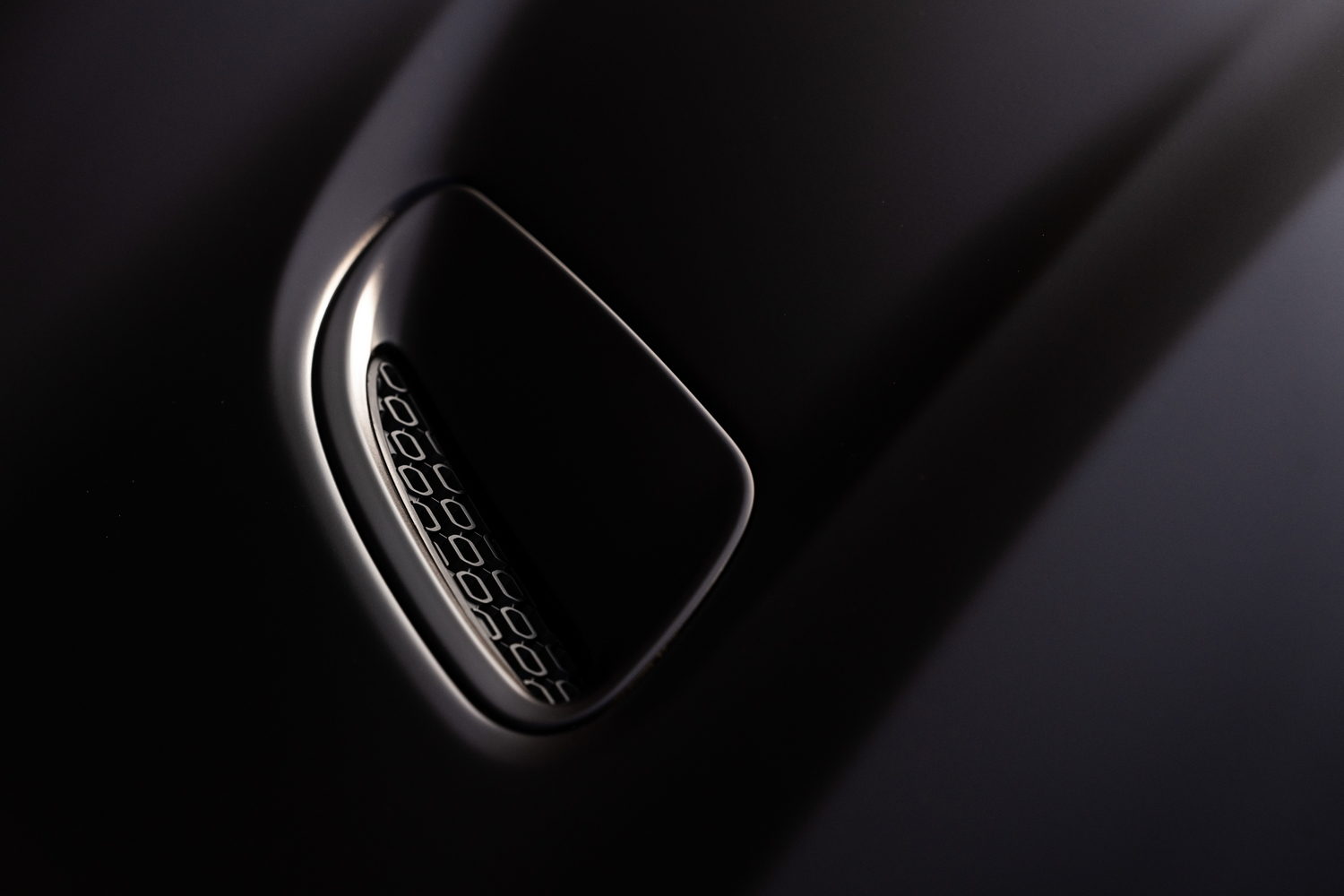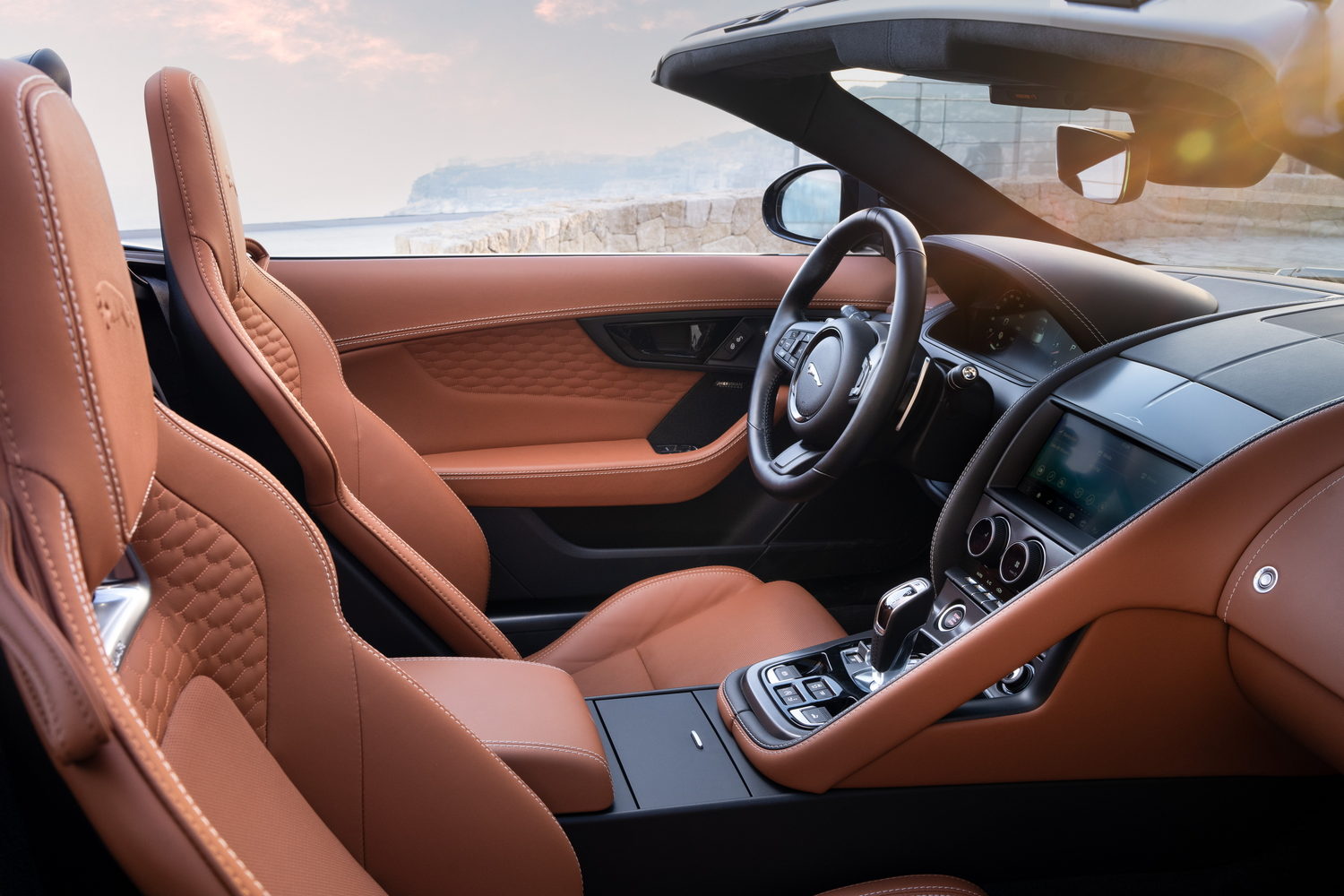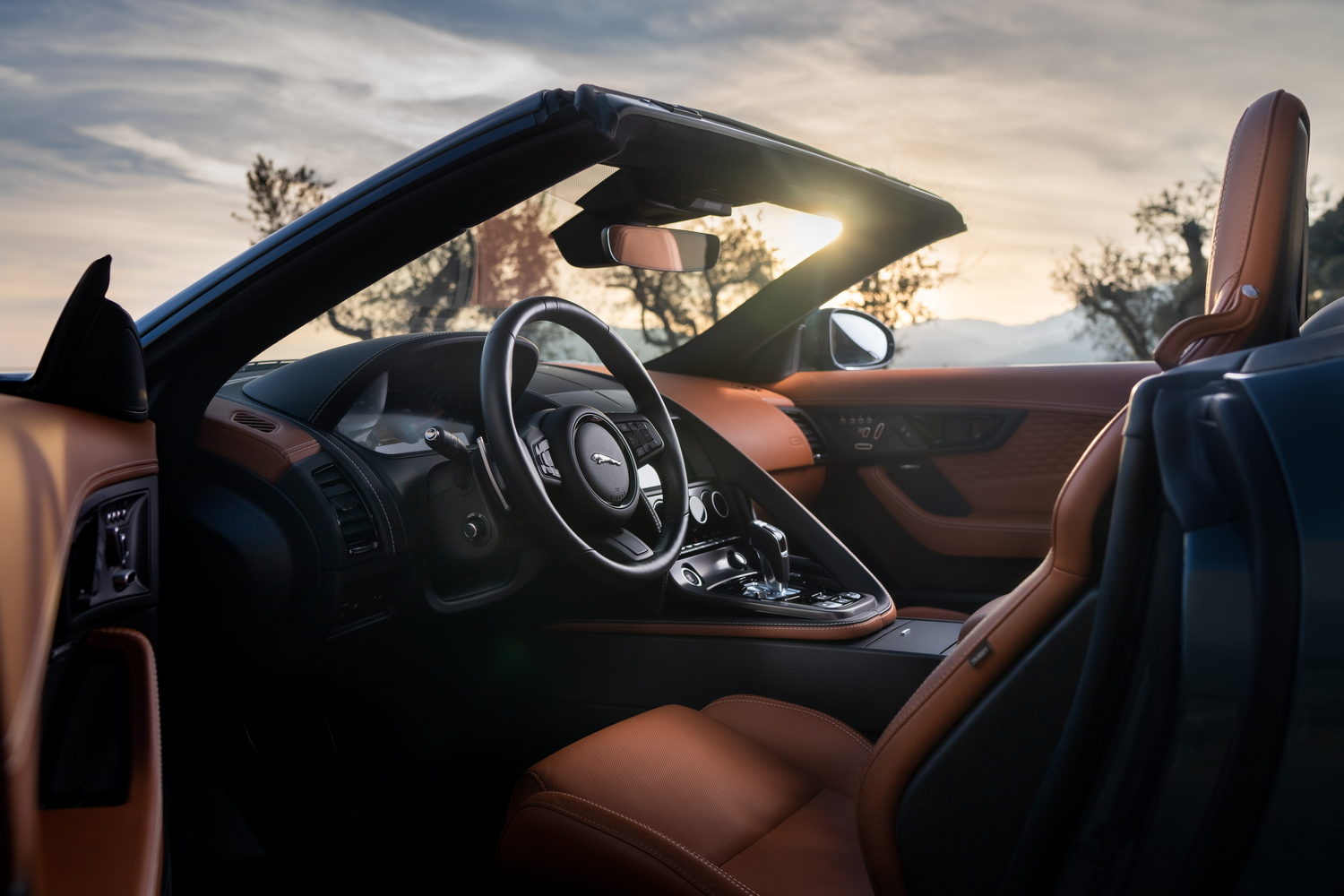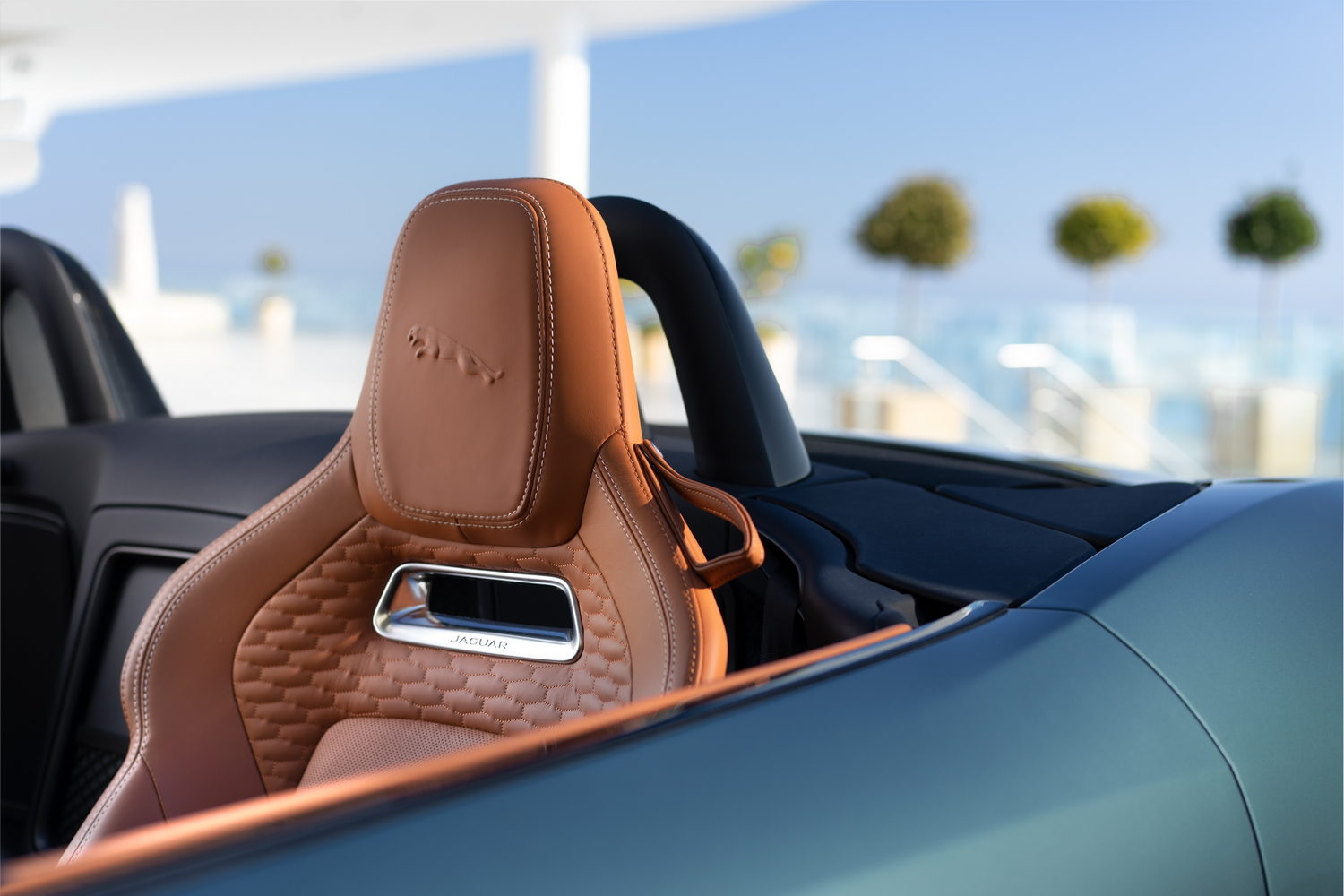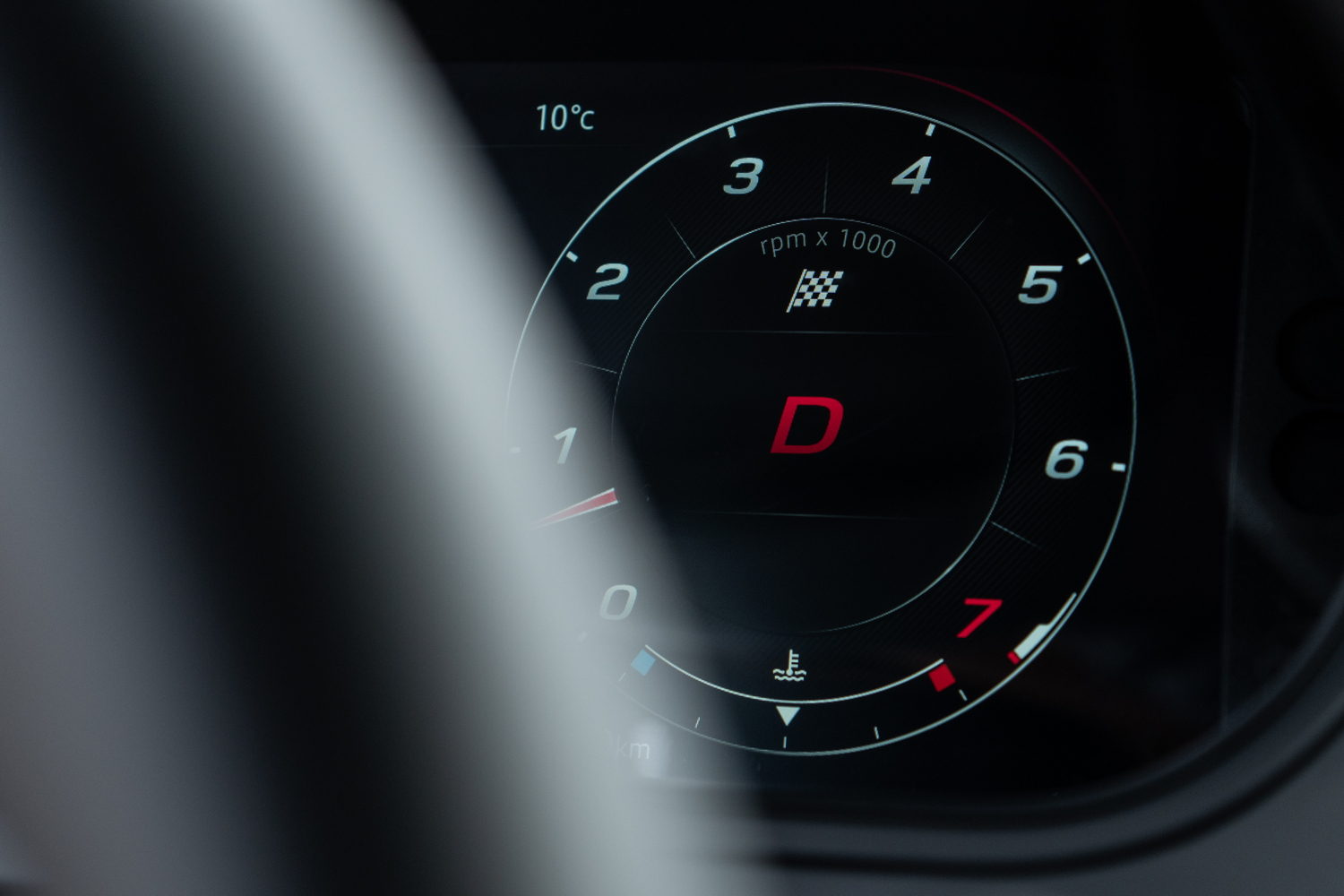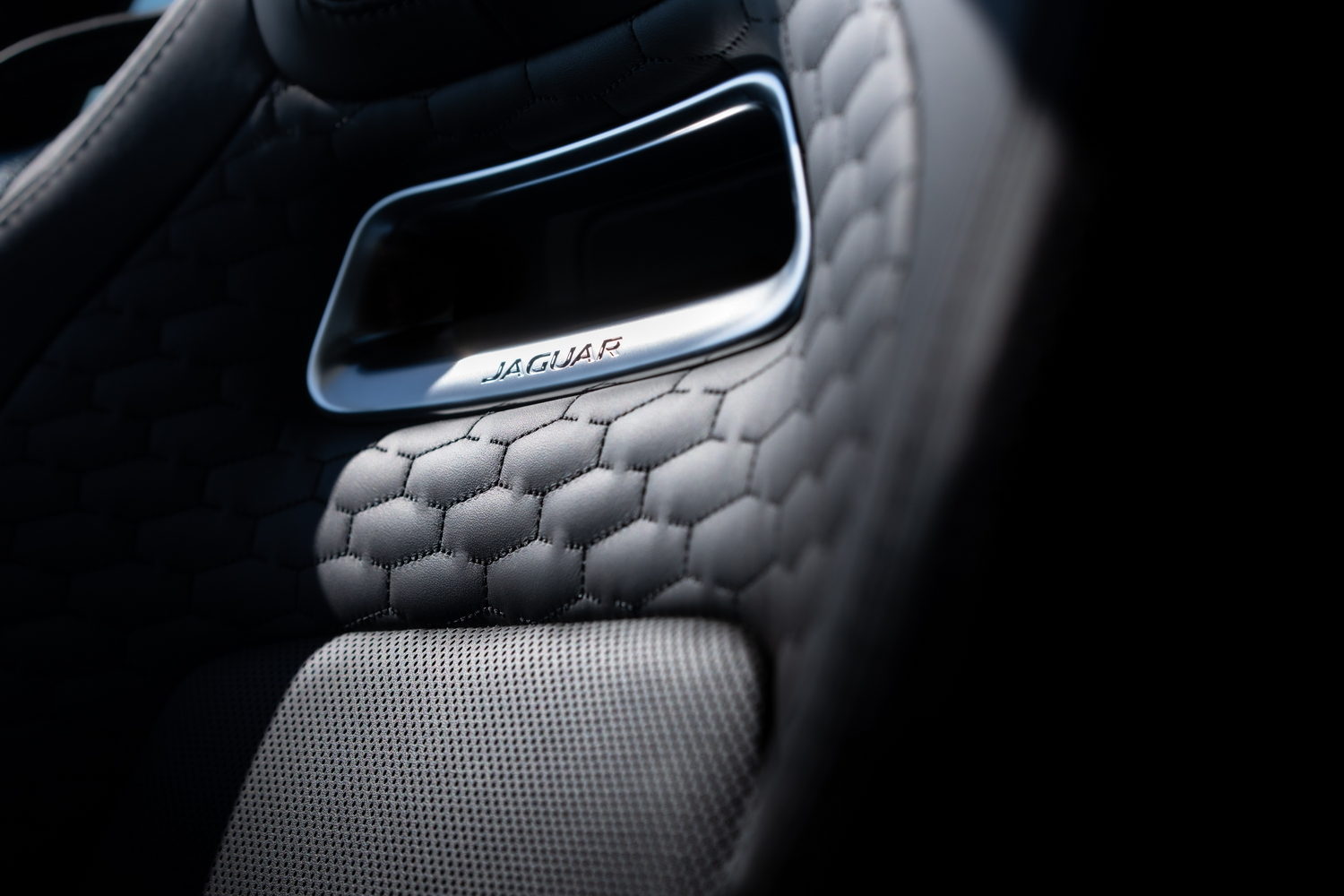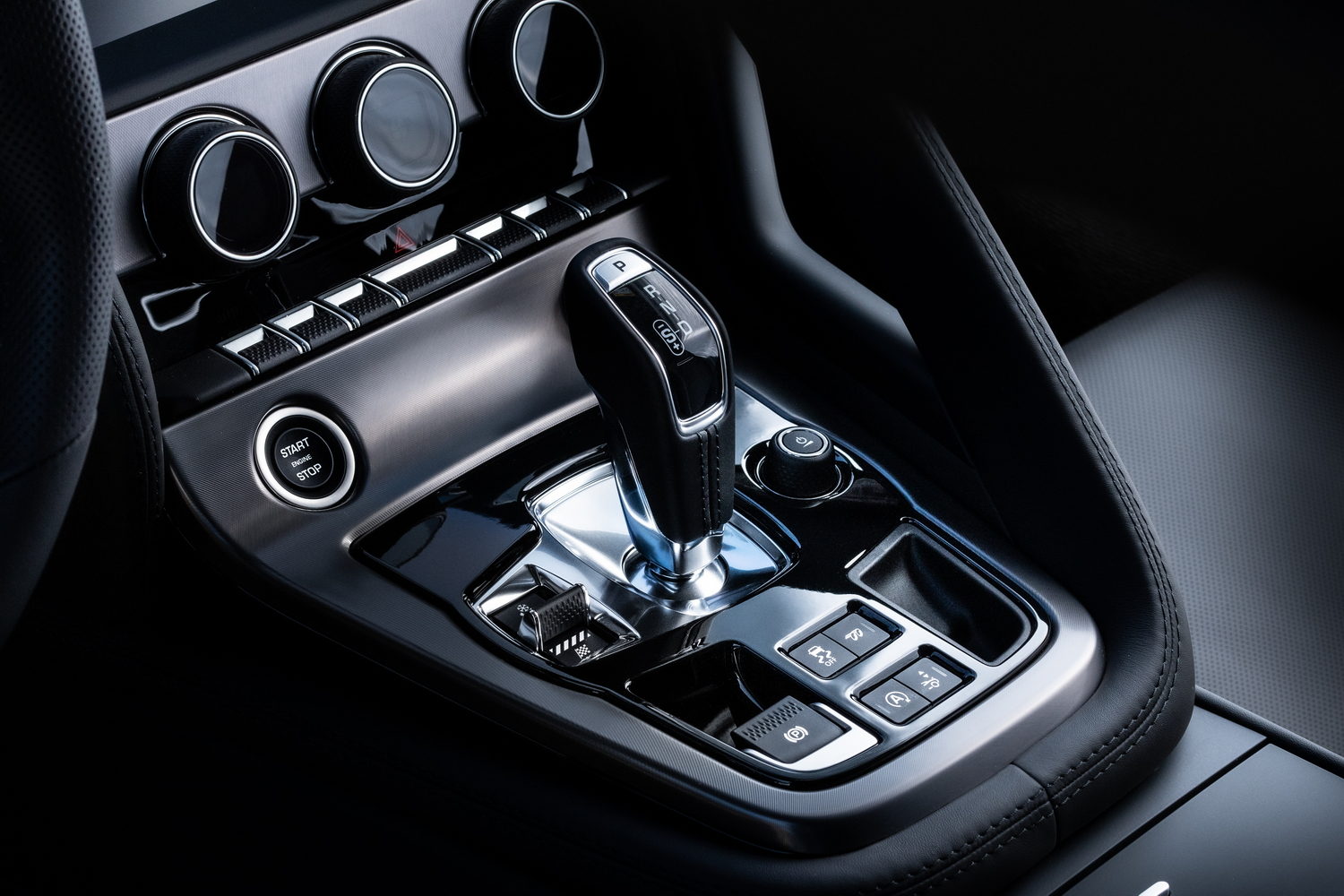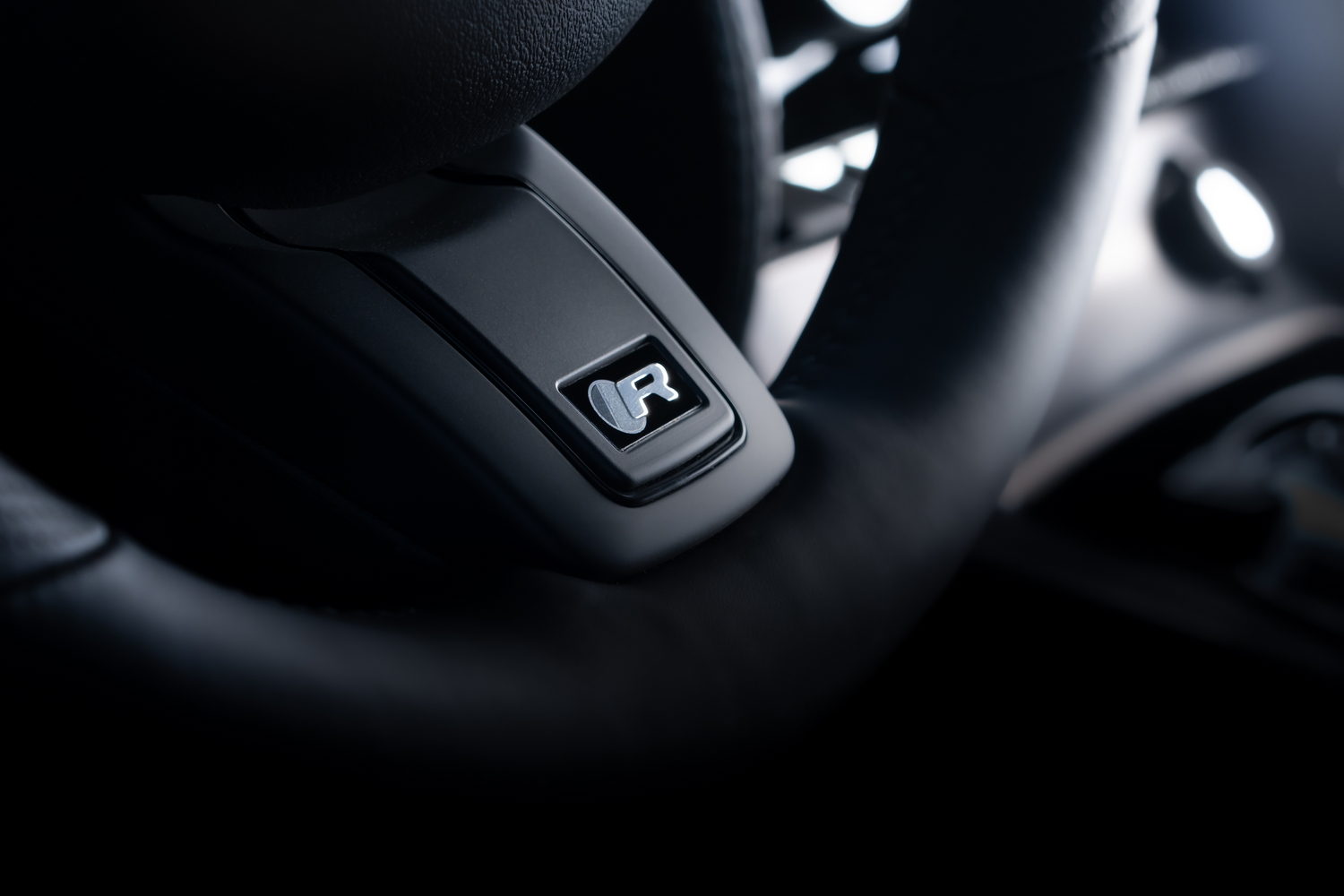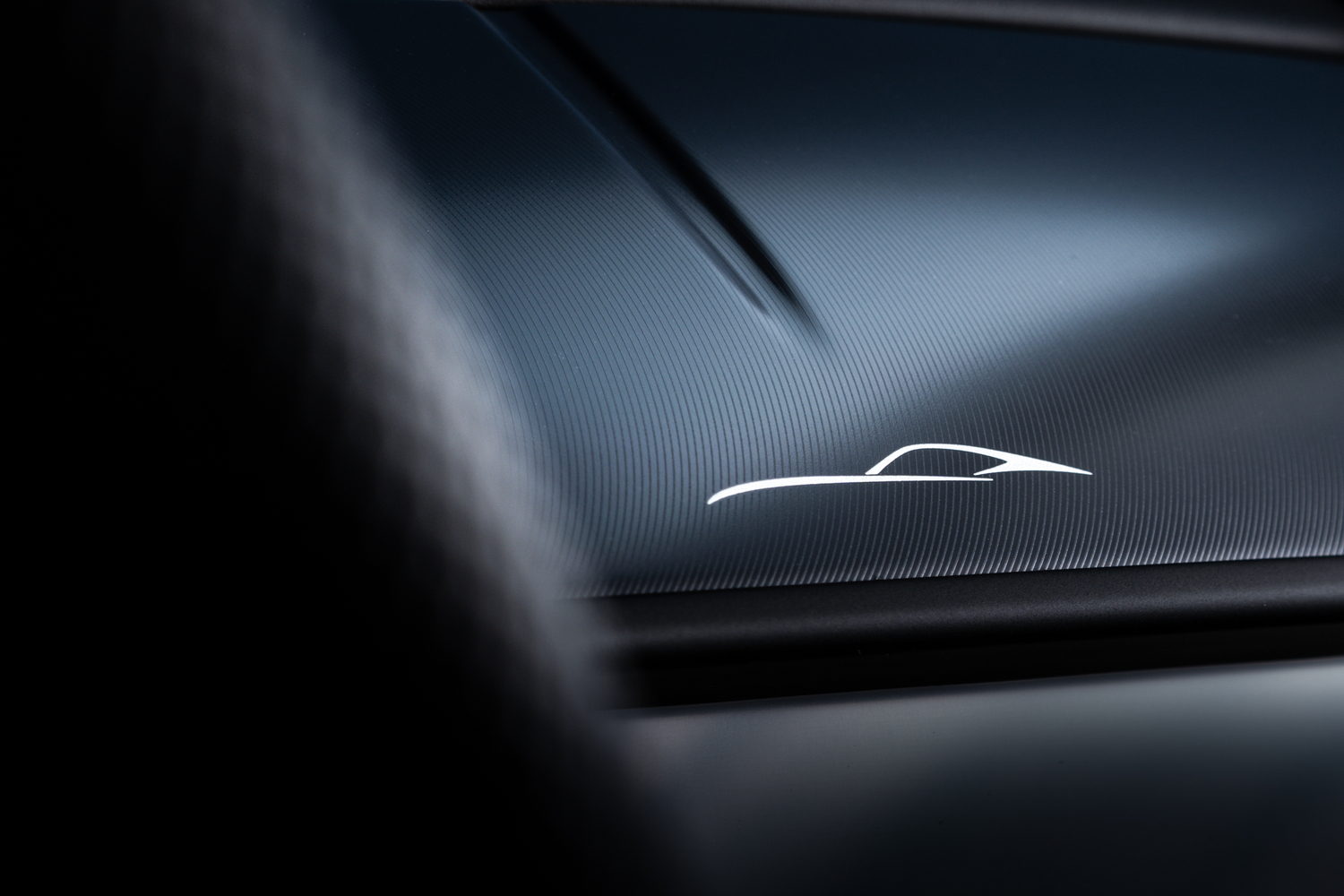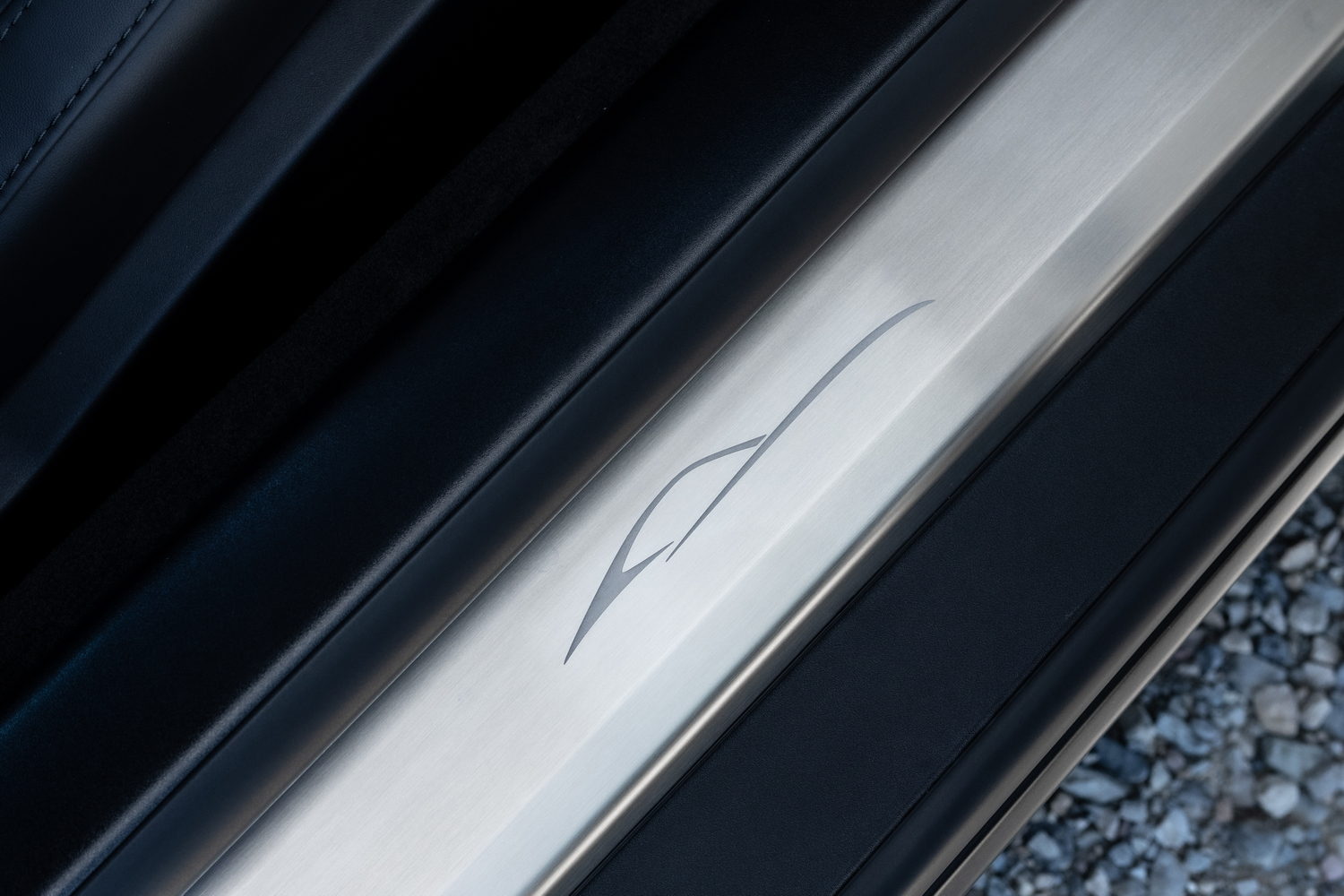"What do you think," pondered my mate, Adam, as we swept through a sleepy mountainside village, "is the one modern in-car gizmo you couldn't live without?"
To a point, of course, the question is moot. I can and do live without anything but a radio and air conditioning in my little Mazda MX-5, but it's a good question, nonetheless. My ageing Jaguar has heated seats and a heated windscreen, both of which would feature very highly on my shopping list, while I'm also a big fan of a ventilated seat. Climate control and a heated steering wheel would probably be must-haves, too.
But one of the most important features on any new car is smartphone integration technology, and by that, I mean Apple CarPlay or Android Auto, depending on your chosen handset. It was clunky when it was first introduced, but now it's a brilliant system, allowing you to bring your phone along for the ride without breaking the rules of the road. Spotify, podcasts, Google Maps and Waze are all at your fingertips, and you can listen to anything from Aqua to The ZZ Top on demand, no matter whether you're in Ulster or Ulaanbaatar.
But here in the Pyrenees mountains that form the border between north-eastern Spain and France, just one song fitted the bill: a little-known number by Lana Del Rey called Burning Desire. To be honest, I won't be hurrying to one of Lana's gigs anytime soon, but this song had to be on the road trip playlist because it was written specifically for the car I was driving, the Jaguar F-Type.
It's hard to believe a decade has passed since the F-Type was introduced in a tidal wave of excitement. Here, at last, was the successor to the E-Type - a flagship Jaguar sports car built to play Porsche at its own game. Things started well.
For one, the F-Type was one of the most beautiful cars any manufacturer had produced for about 10 years. There were striking alternatives, of course, but nothing on the road was as perfectly proportioned as the F-Type. The driving experience was good, too, and the initial reviews were generally positive. A few issues surrounding practicality, ride and interior quality were singled out, but here was a Jaguar sports car that could finally compete with the mighty Porsches.
Better still, Jaguar was endlessly getting in trouble with the advertising standards people because the cars were too loud or too fast or too exciting. It played into the bad-boy image, and that was only heightened by the angry snarl of its 3.0-litre V6 and 5.0-litre V8 engines.
Of course, the recipe was refined over the years, with Jaguar introducing a Coupe version, followed by a cheaper 2.0-litre petrol option, more powerful 5.0-litre R and SVR models, and even all-wheel-drive and manual variants.
Despite all this change, and even a redesign just before the Covid-19 pandemic knocked everyone for six, the F-Type faded into obscurity. As the Porsche products evolved and improved, the F-Type became quieter and softer. And now it lies on its deathbed, due to be killed off by Jaguar's forthcoming move upmarket and the wholesale switch to electric power. It's an inevitable move, and arguably the last chance for Jaguar to save itself, but it's still tinged with a hint of sadness.
To celebrate the life of the F-Type, and three quarters of a century of combustion-powered Jaguar sports cars, the company has built a new '75' edition, which comes with some F-Type motifs, a bespoke (although still optional) paint job and a few extra goodies. It's a mild update, though the motivation is not really to improve the F-Type breed but to give the F-Type a fitting send-off.
Our fitting send-off for the fitting send-off, however, was somewhat more ambitious: an 800km cannonball run from Spain's Mediterranean coast to the Atlantic coast, using the most tortuous roads we could find. And so the route was concocted, leaving the pretty-yet-bustling coastal town of Sitges, about half an hour from Barcelona, and heading for the gastronomic paradise of San Sebastian, where we could surely find a slap-up meal. But instead of taking the easy five-hour motorway route via the sun-bleached city of Zaragoza, we would climb through the mountains, hitting altitudes of more than 2,000 metres and plunging back down to sea level.
All of which meant making an early start in Sitges, where the locals watched on as we prowled along the promenade, our open-top, V8-powered F-Type 75's growl reflected back at us from the stuccoed garden walls. Being March, the air was still cold, but the milky sun was warm, and the F-Type's roof remained firmly stowed behind the seats, our faces slathered with sun cream to prevent our pasty northern European skin from burning.
A quick motorway blast blew away the cobwebs left by the previous night's Estrella Damm, and we turned off to begin our climb into the hills. Villages were still waking up, if that's what you can call it in that area of Spain, and the Jag burbled its way through in the quietest way it can muster. These days, that's pretty quiet indeed, because the F-Type is not as raucous as it once was. Jaguar has had to neuter the sound with a gasoline particulate filter, and customers apparently demanded a little more refinement, so the pops and bangs and crackles are fewer than they once were.
Up in the high Pyrenees, however, the concept of refinement was more or less redundant, with minimal traffic and even fewer signs of human habitation. With 700km still to cover, an all-conquering V8 engine was the order of the day, and that was what we had. P450 might sound like a photocopier, but it's one of two V8 engines Jaguar offers in the F-Type 75. With 450hp heading to the rear wheels, it's a pretty muscular beast, albeit less potent than the 575hp option that powers the F-Type R 75. Despite that, it seems to snarl more than the R, which seems counter-intuitive to us. Not that we cared very much as we tracked the French border, skirted round Andorra and howled through the mountain passes.
The rear-drive F-Type felt occasionally twitchy on the meandering switchbacks that characterise mountain roads, particularly those covered with a thin film of dust, but it remained remarkably stable for something so savage. Even when we climbed above the rapidly receding snow line, the broad rear tyres rarely struggled for traction, even with a little playful provocation.
Although the Jaguar has never quite lived up to the standards set by the Porsche 911, it's still a fantastic car to drive, with confidence-inspiring steering and dependable grip. It isn't too threatening - it takes quite a lot of persuasion (or mishandling) before it'll misbehave - but it's fabulously good fun, and it eats the kilometres like a whale shark eats plankton.
It's a very, very beautiful thing, too. We pulled up for a quick break at a mountain restaurant perched two kilometres above sea level and looked out at the car silhouetted against the sugary, melting snow. Skiers stared as they whispered past, other patrons wanted photographs and staff treated us like royalty, even if my schoolboy Spanish was rusty at best. The F-Type is a beautiful car, and people generally respond to it well. Abuse is common in some convertible sports cars, but not so much in an F-Type.
It's a shame the interior is still a bit low-rent, and the buttons on the steering wheel still feel as though they're made from kids' lunchboxes. It's a pity, too, that the boot wasn't really big enough for two small suitcases and a couple of laptop bags - we had to pack those away in our F-Pace support car. In fairness, a couple of squishy holdalls would have been fine, but forward planning is not necessarily my forte and I simply didn't think about that small issue.
And anyway, with my overnight things safely jammed into an F-Pace along with the photographer's nick-nacks, I didn't really care about any of that. Blasting through the mountains was motoring as it should be done, with no traffic or even cattle to worry about, and a sweet sports car to play with. It was fantastic.
But as the day wore on, priorities changed, and sweeping down towards the sea saw us return to the motorway for the final few kilometres into San Sebastian. There, the handling and power were less important, and the ride and refinement took over. Fortunately, the F-Type has matured in the way it rides, and the suspension proved remarkably supple, albeit on the smooth roads of northern Spain. And cabin refinement is pretty good with the roof down, so conversation only becomes difficult at speeds of which your local traffic cop would disapprove.
As we arrived for our dinner date just outside San Sebastian, the car once again became the centre of attention, distracting the doorman and delighting the slightly dumbstruck man from valet parking. As he gleefully drove off in what had become 'our' F-Type, there was a sense of sadness at the car's demise. It may not have had the quality or the day-to-day usability to beat a Porsche, but it was a worthy adversary. And the fact it still is a true alternative after 10 years on sale is testament to its enduring appeal.
If we're honest, the F-Type 75 Edition sees the Jag go out with more of a whimper than a bang, and that's a shame, but to bastardise the sort of twee catchphrase that probably lines most undertakers' offices, let's not be sad the F-Type is leaving. Instead, let's be thankful it existed at all.

